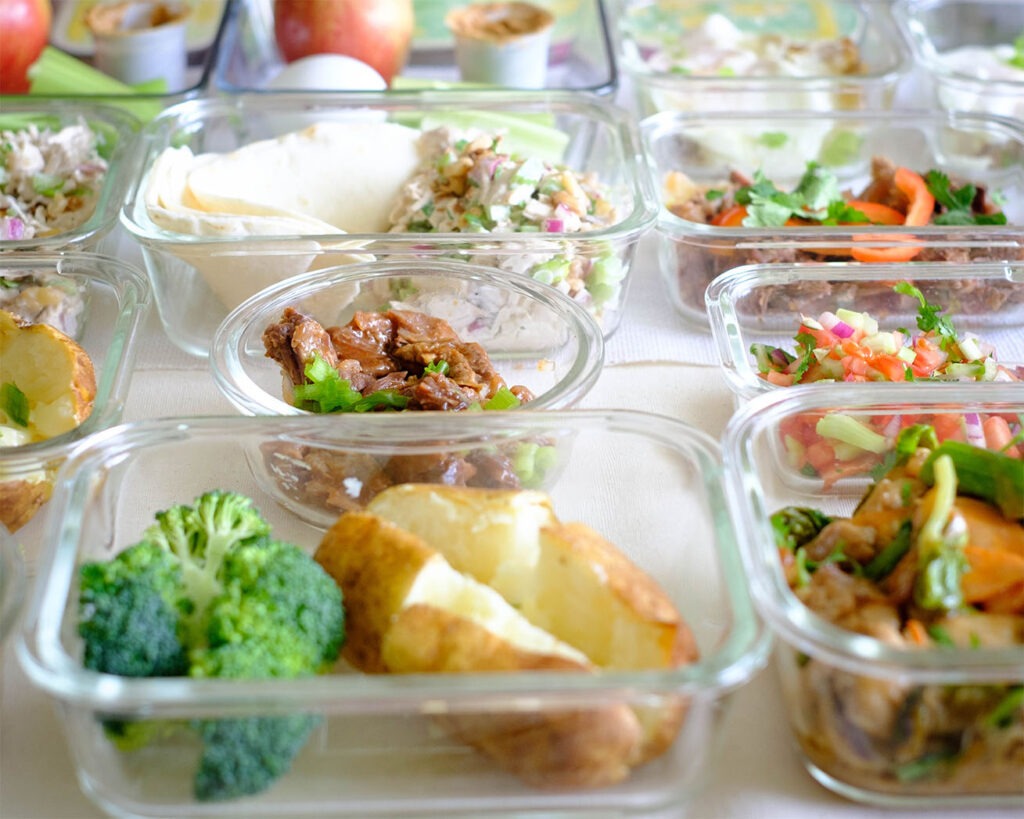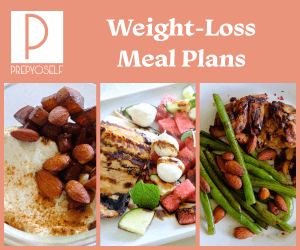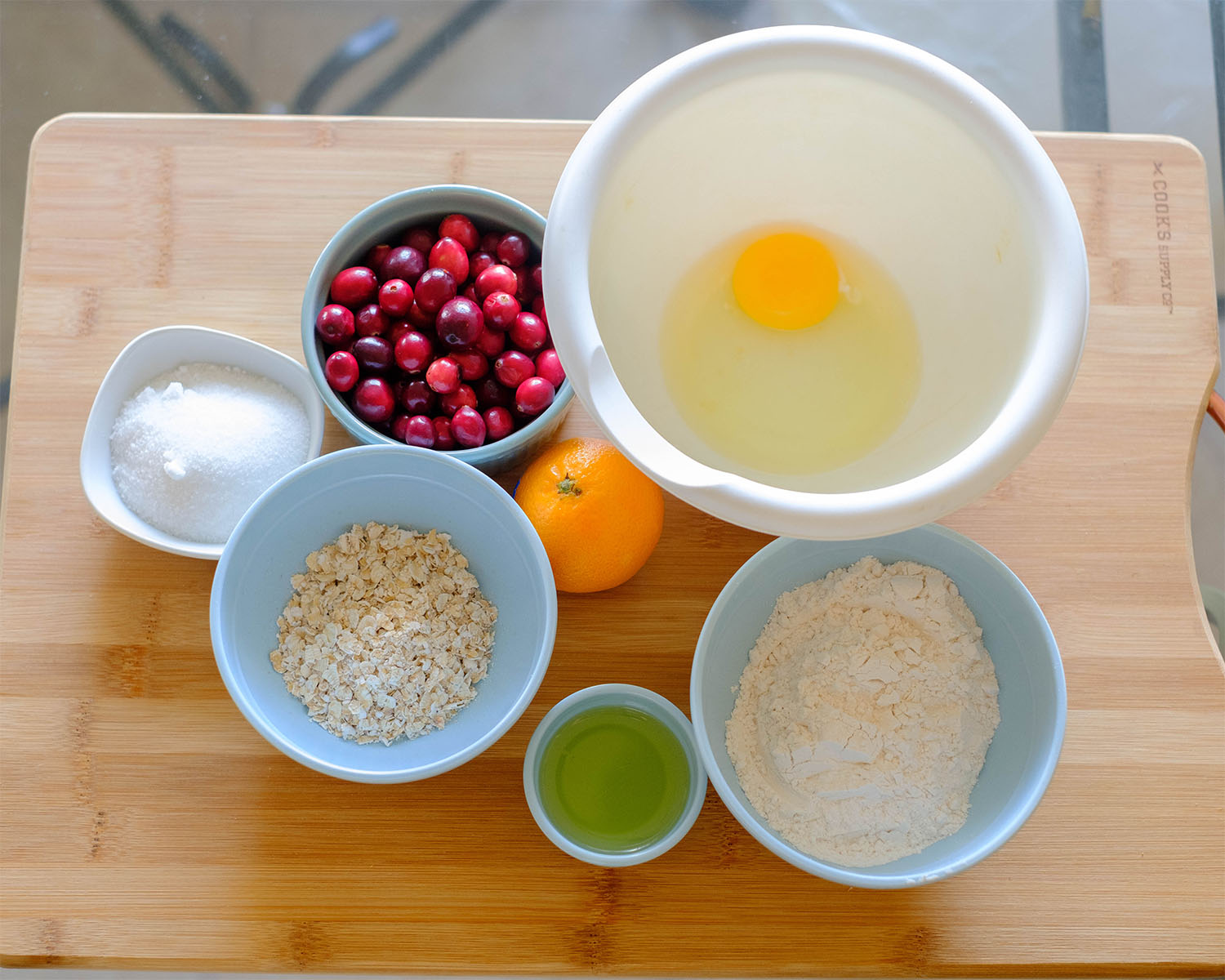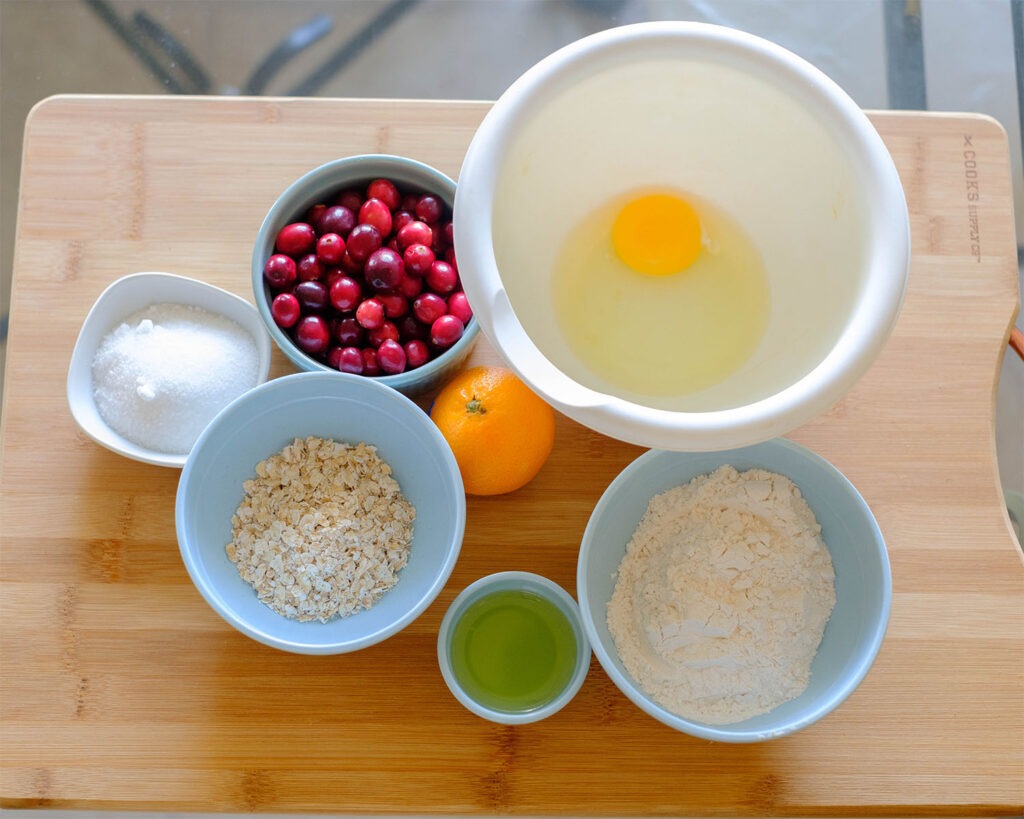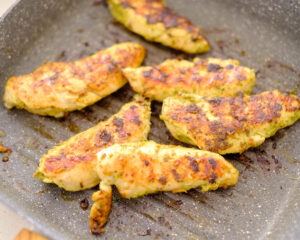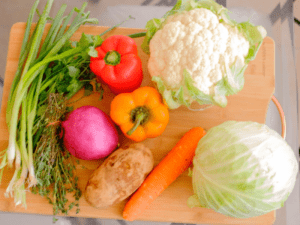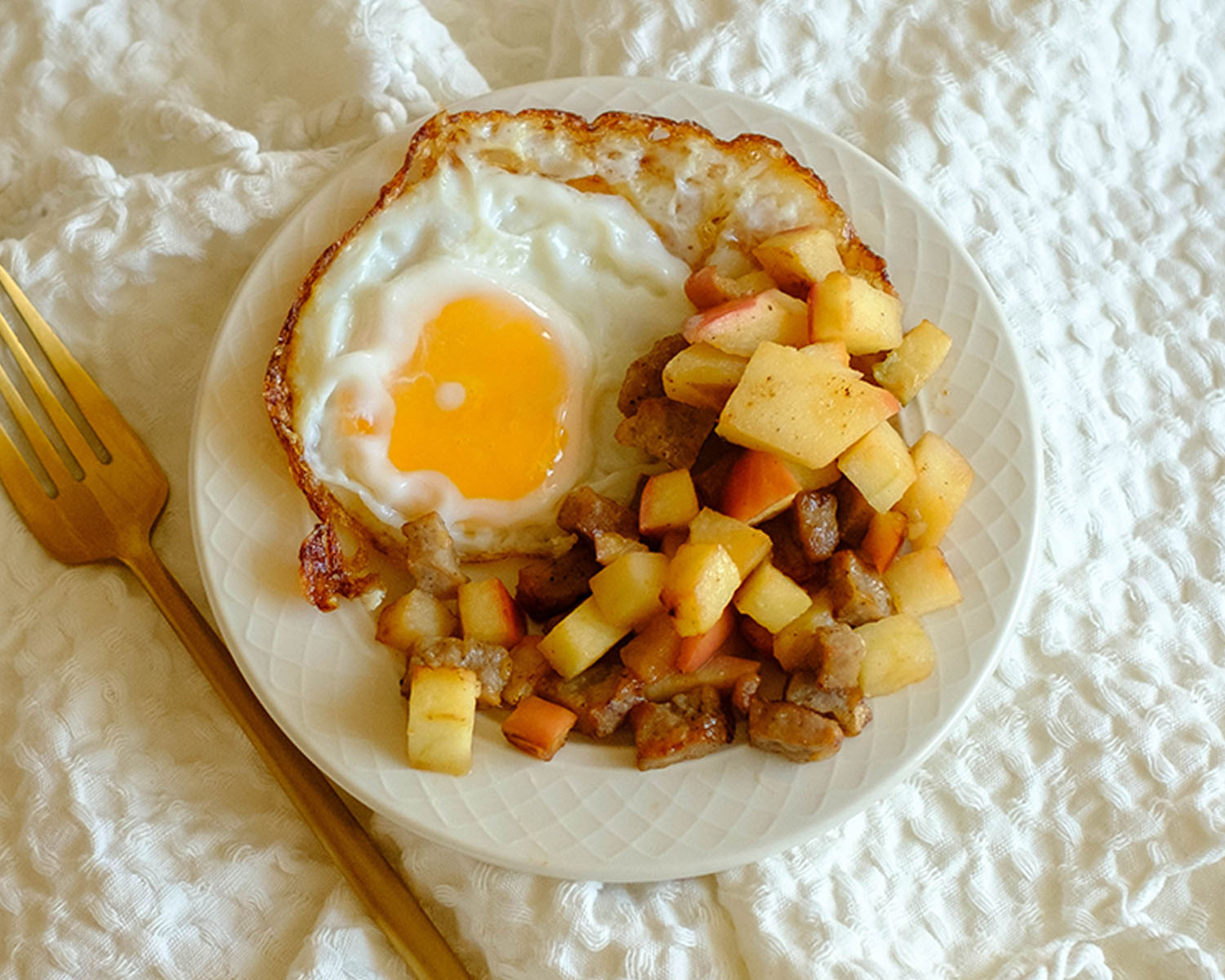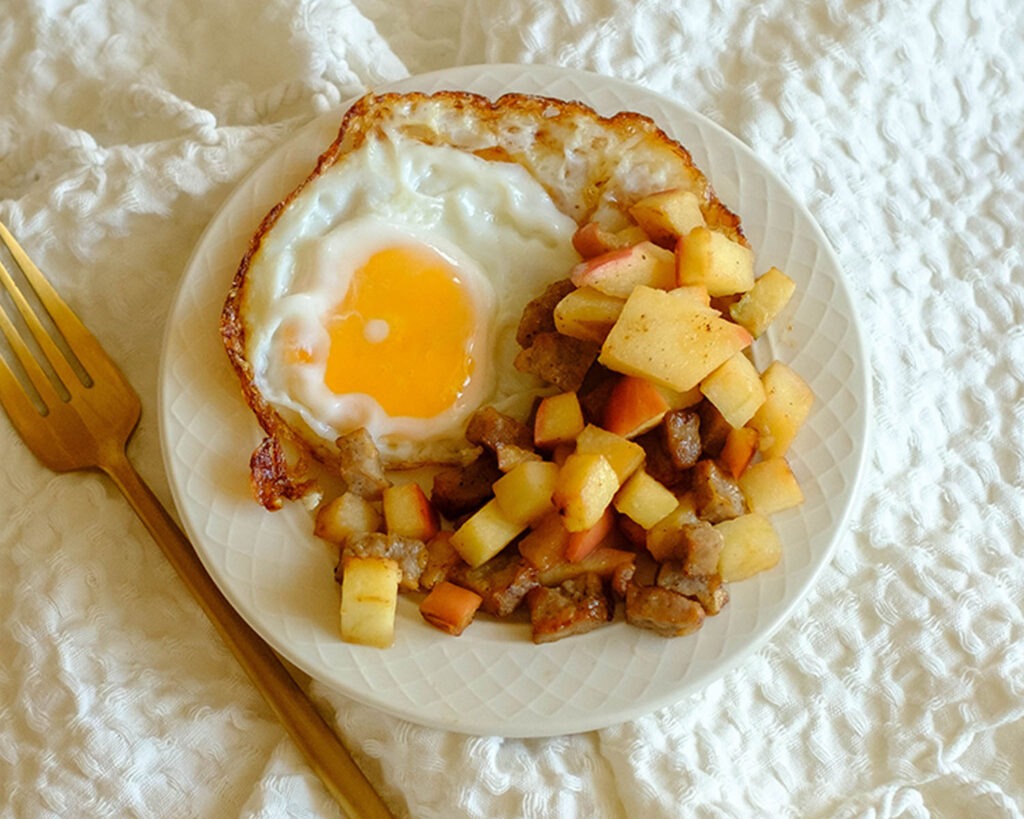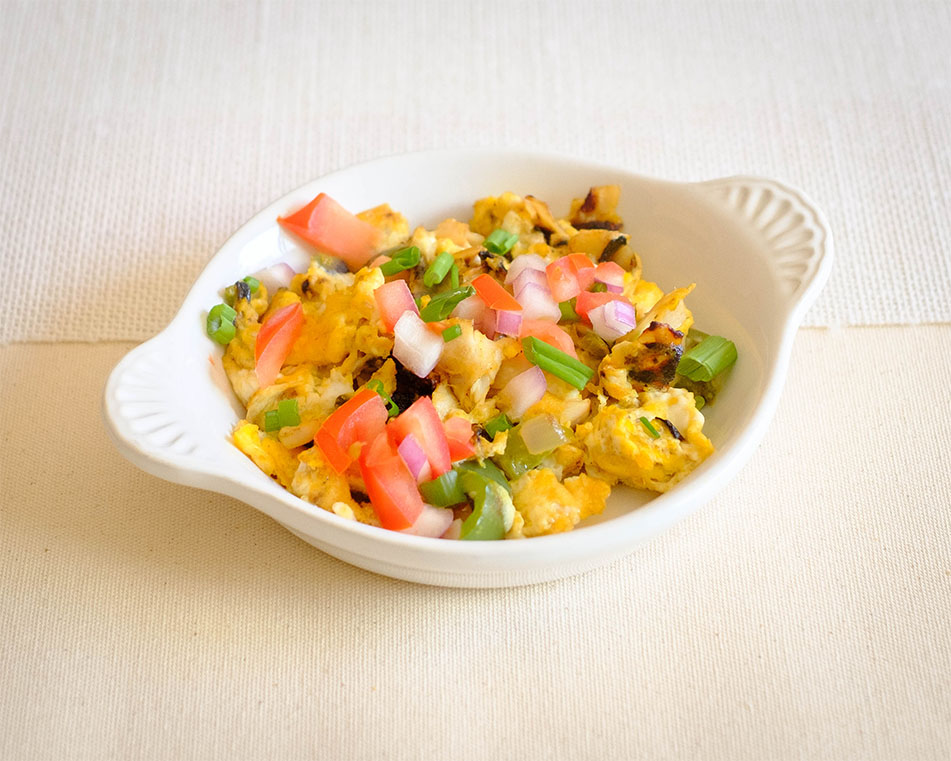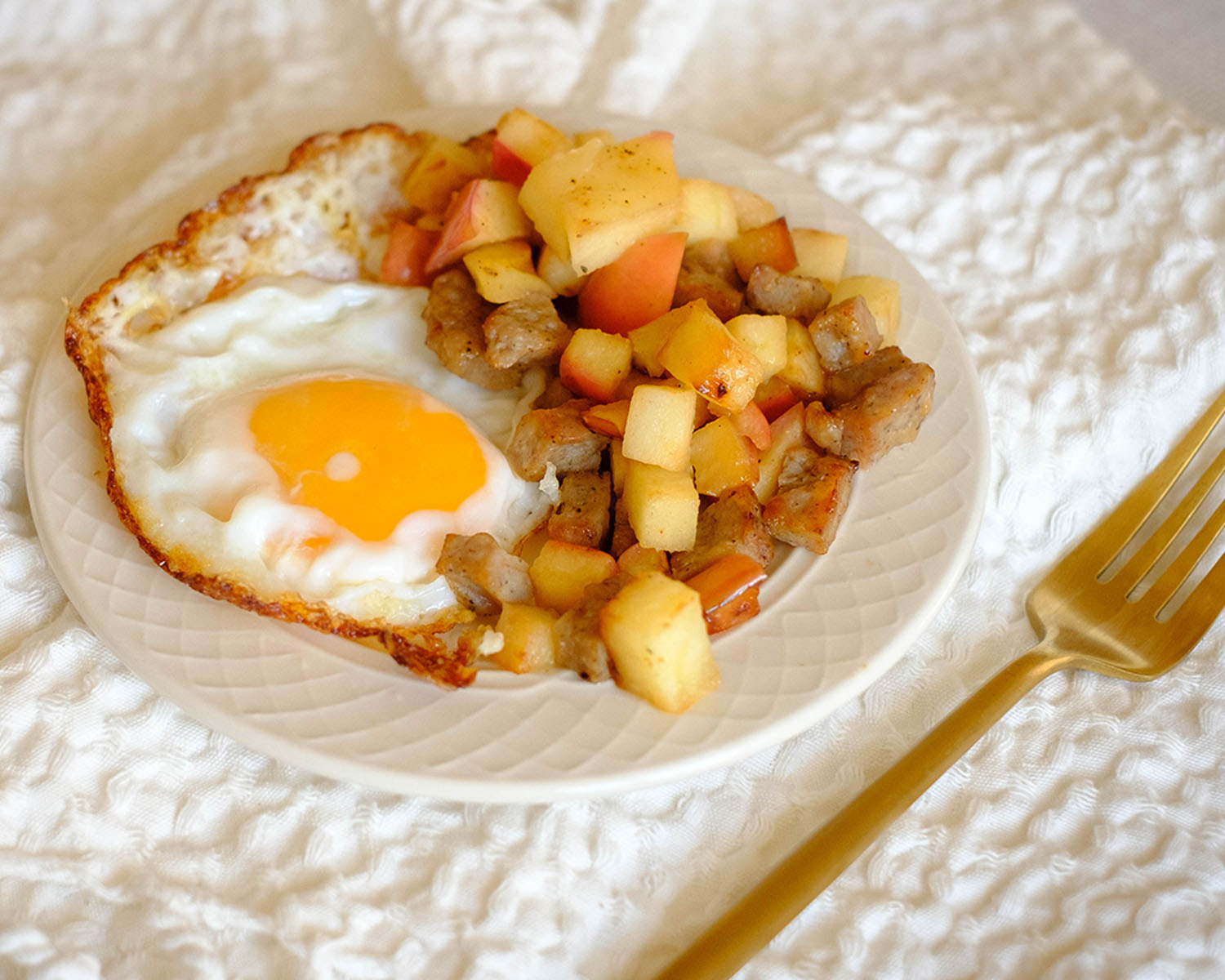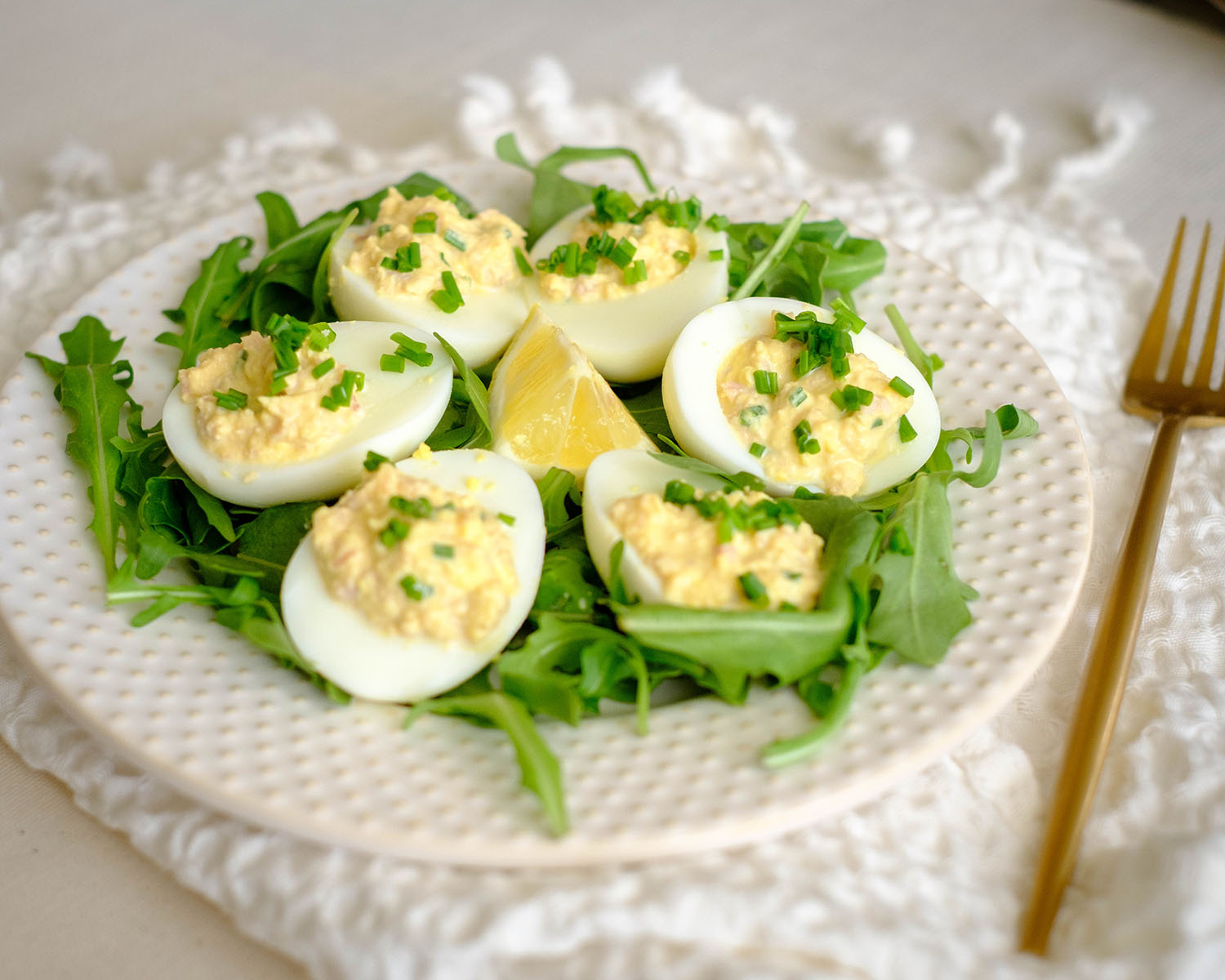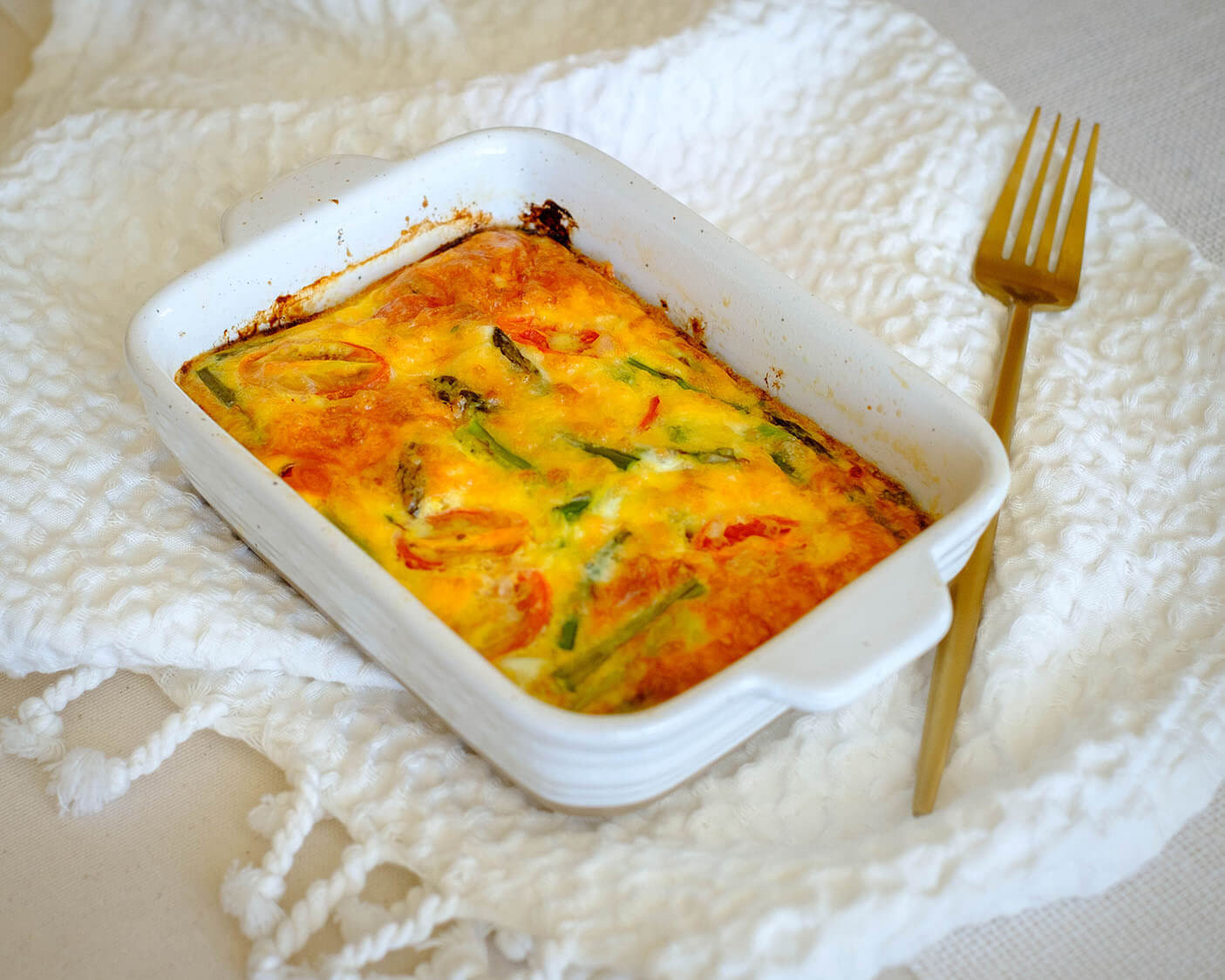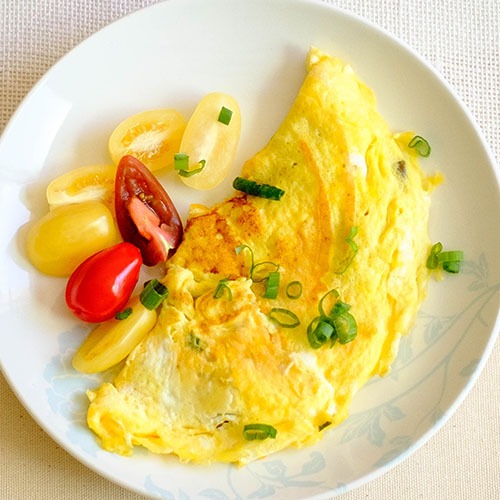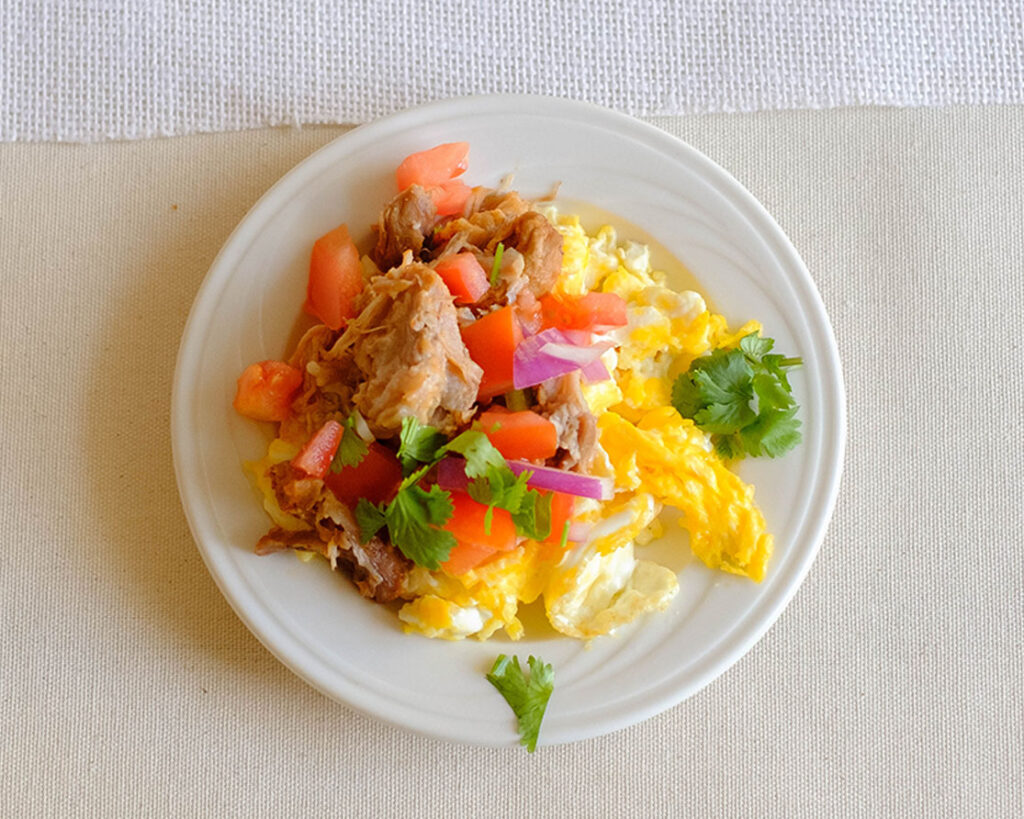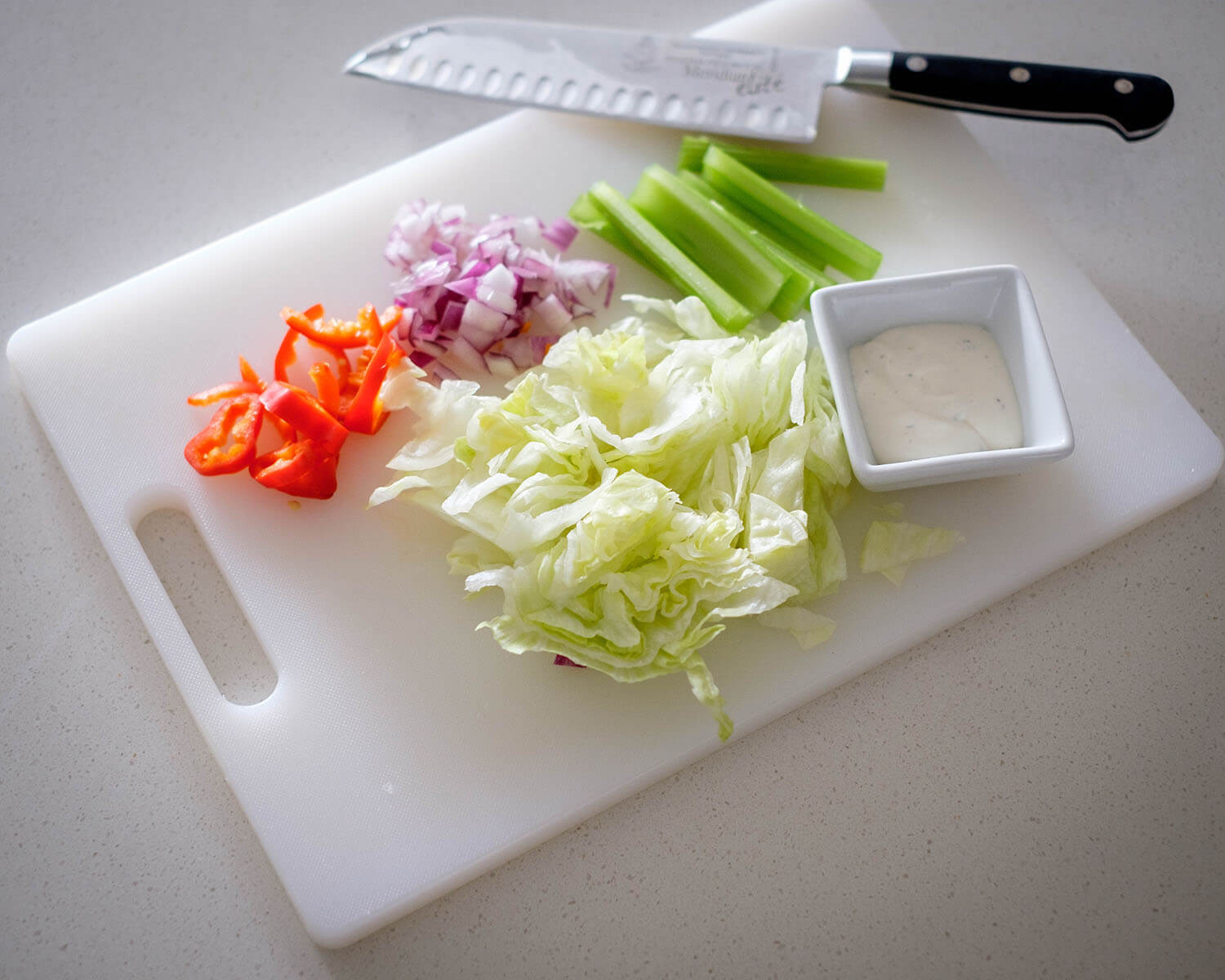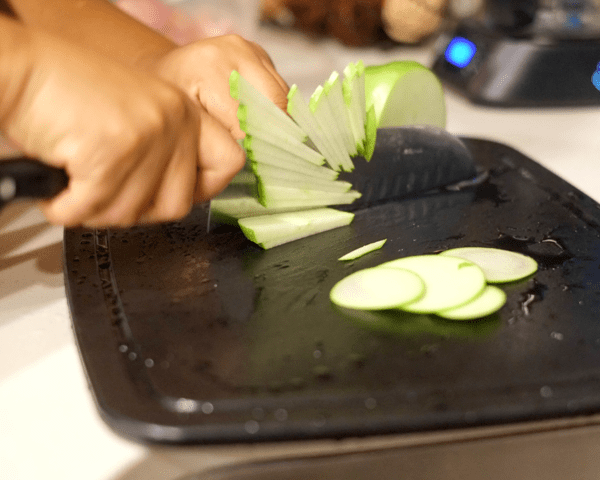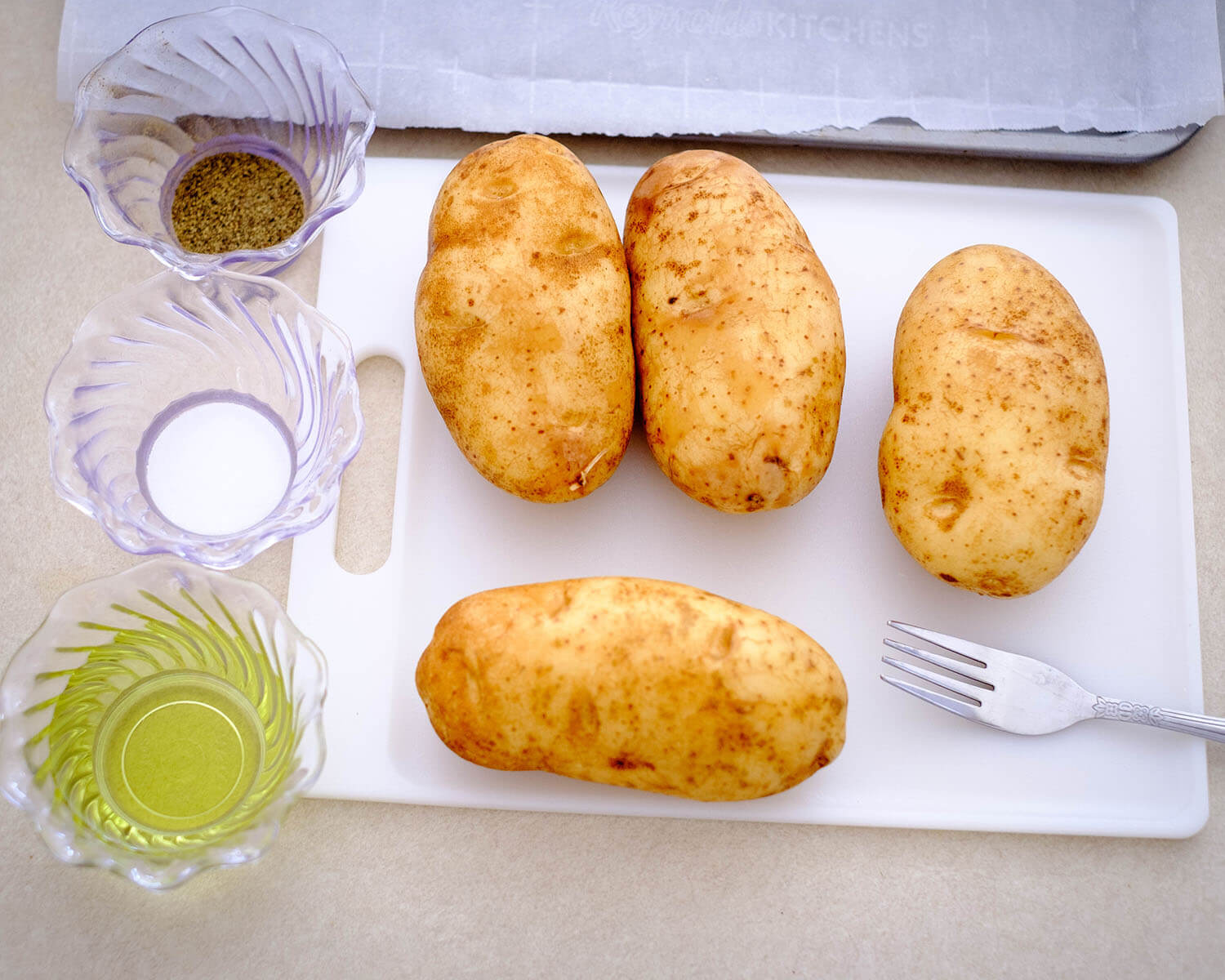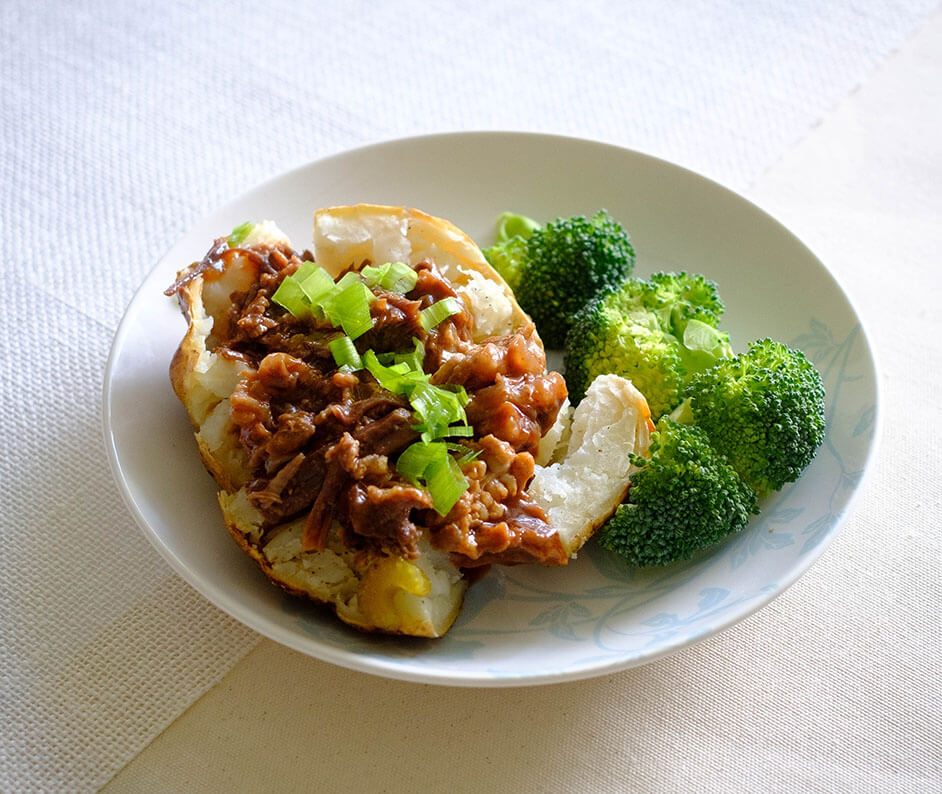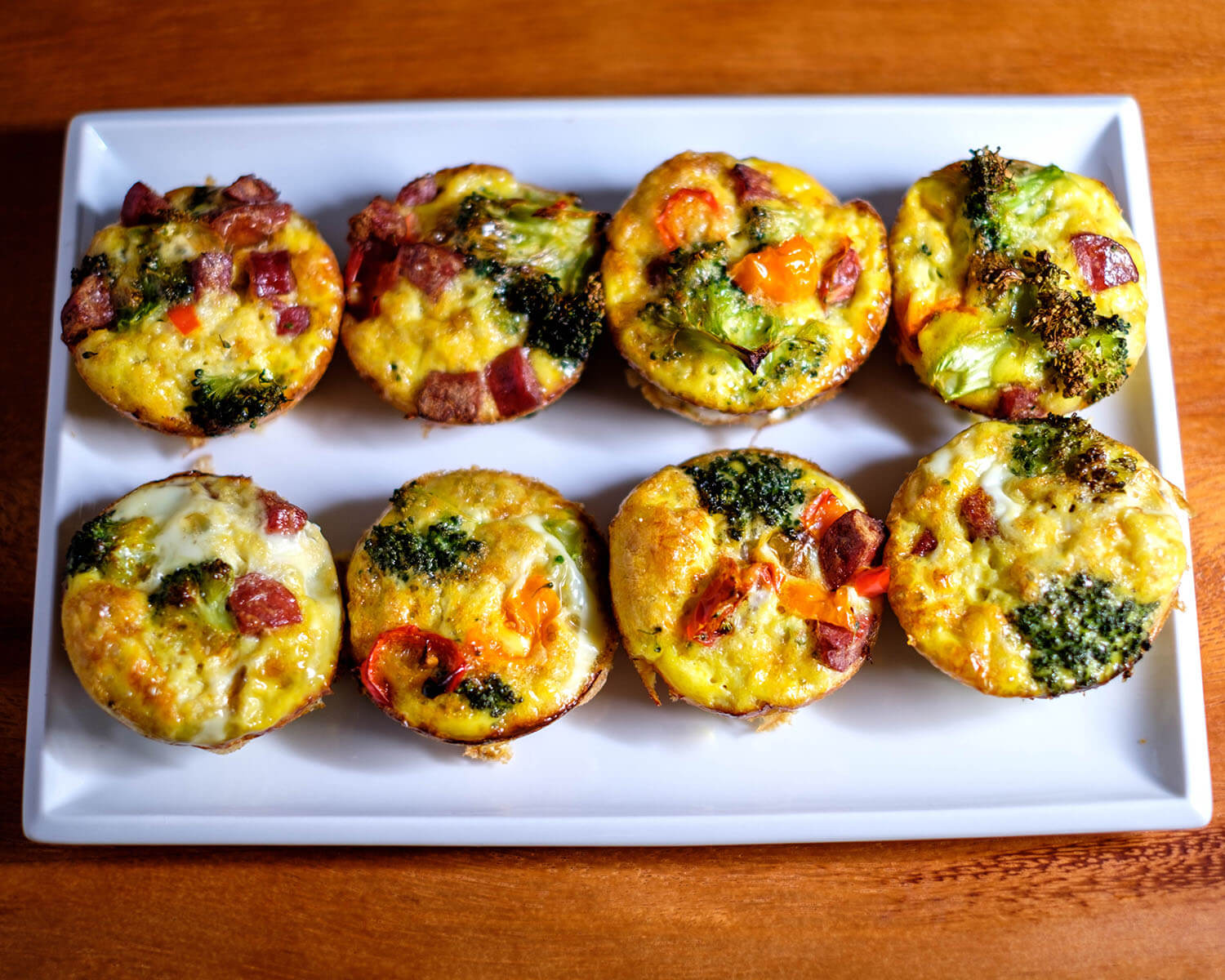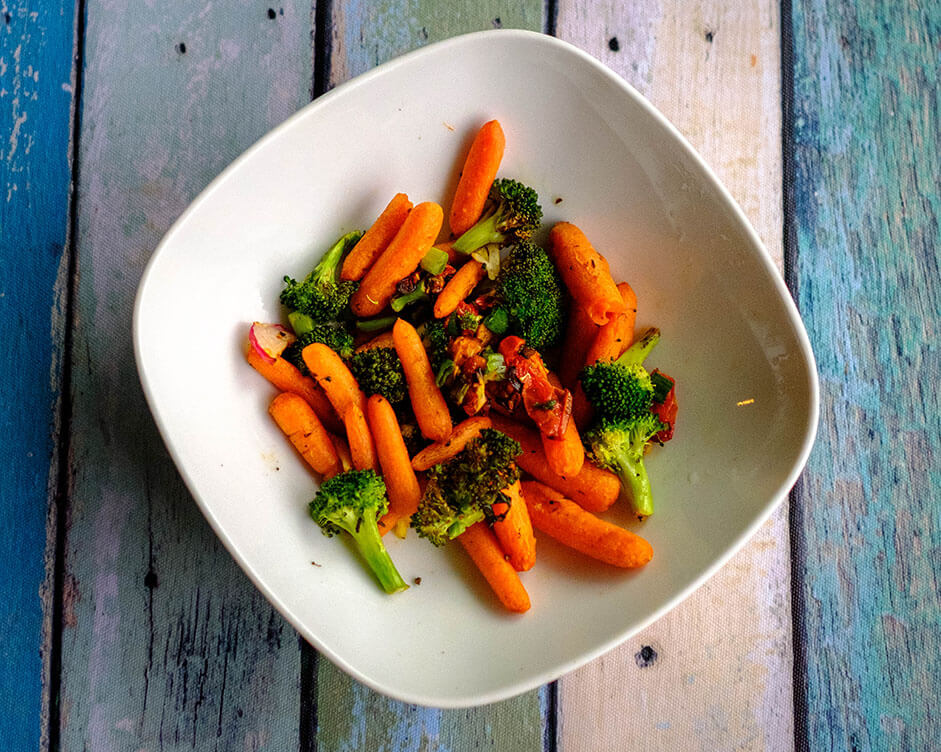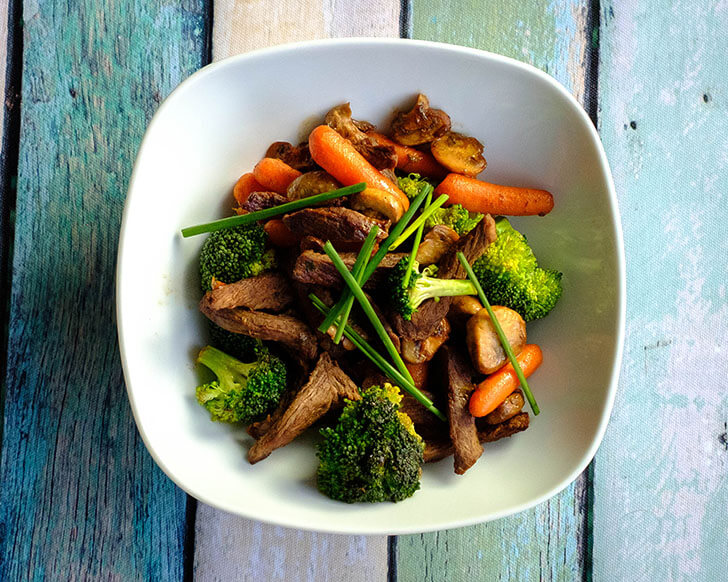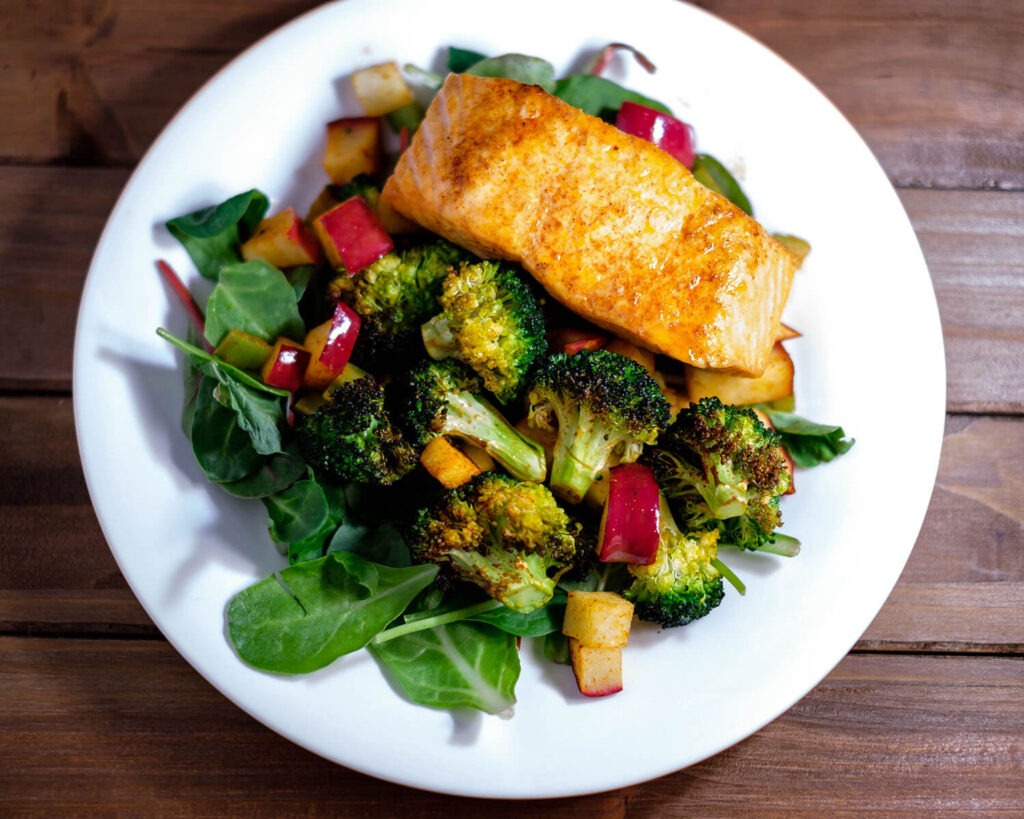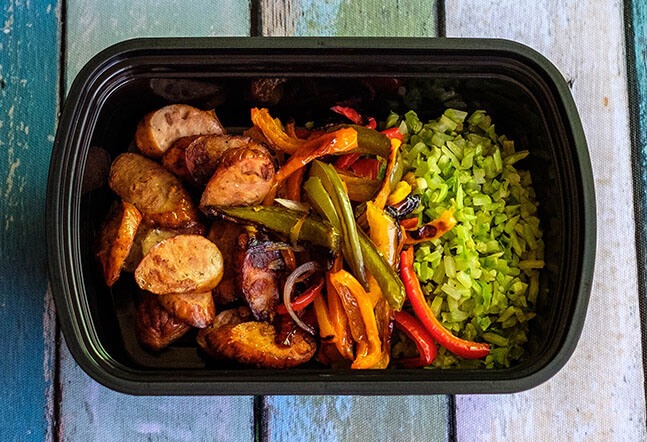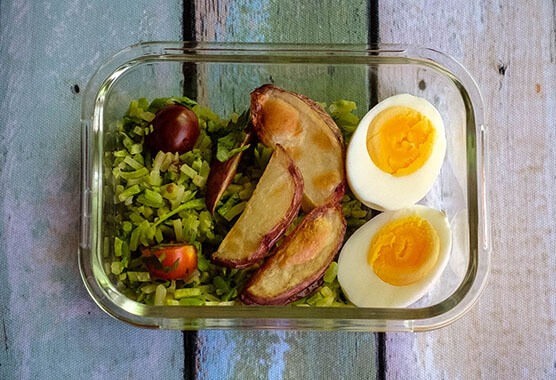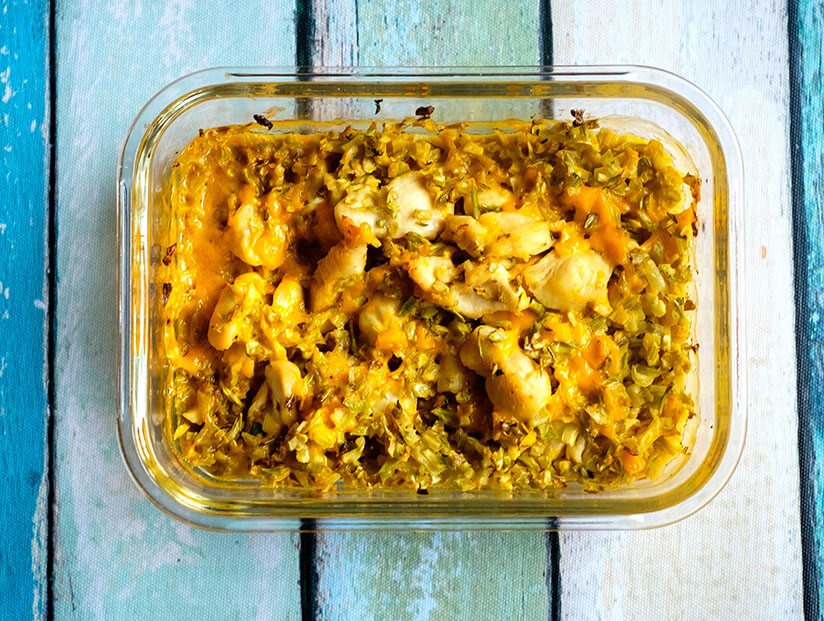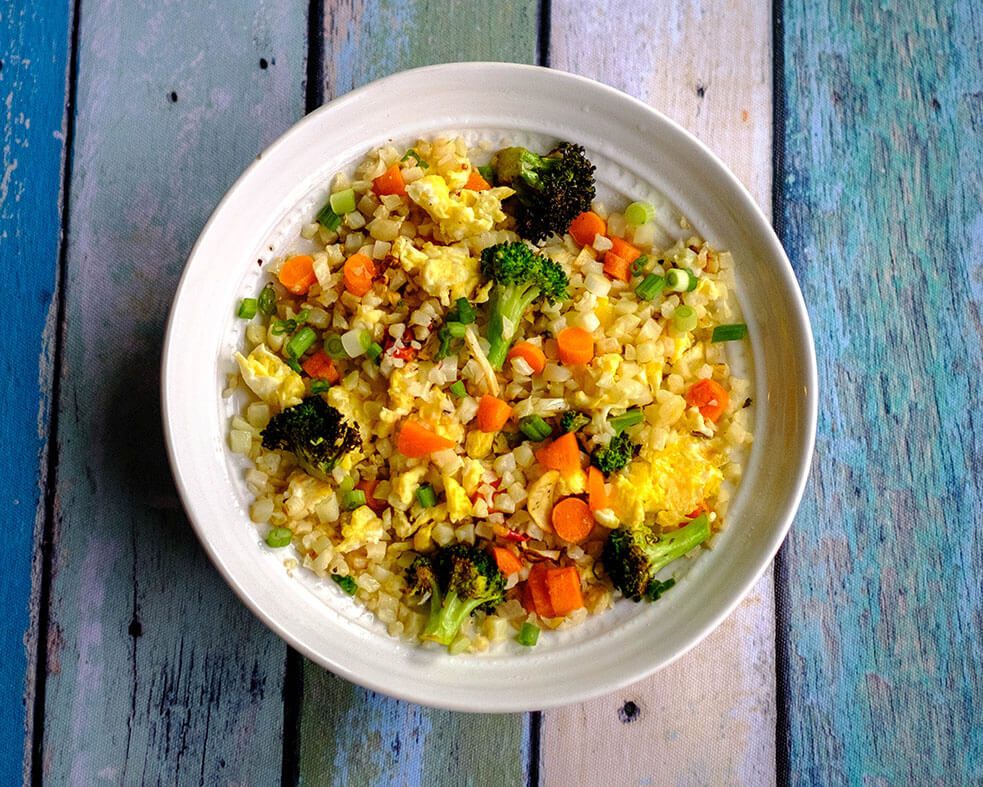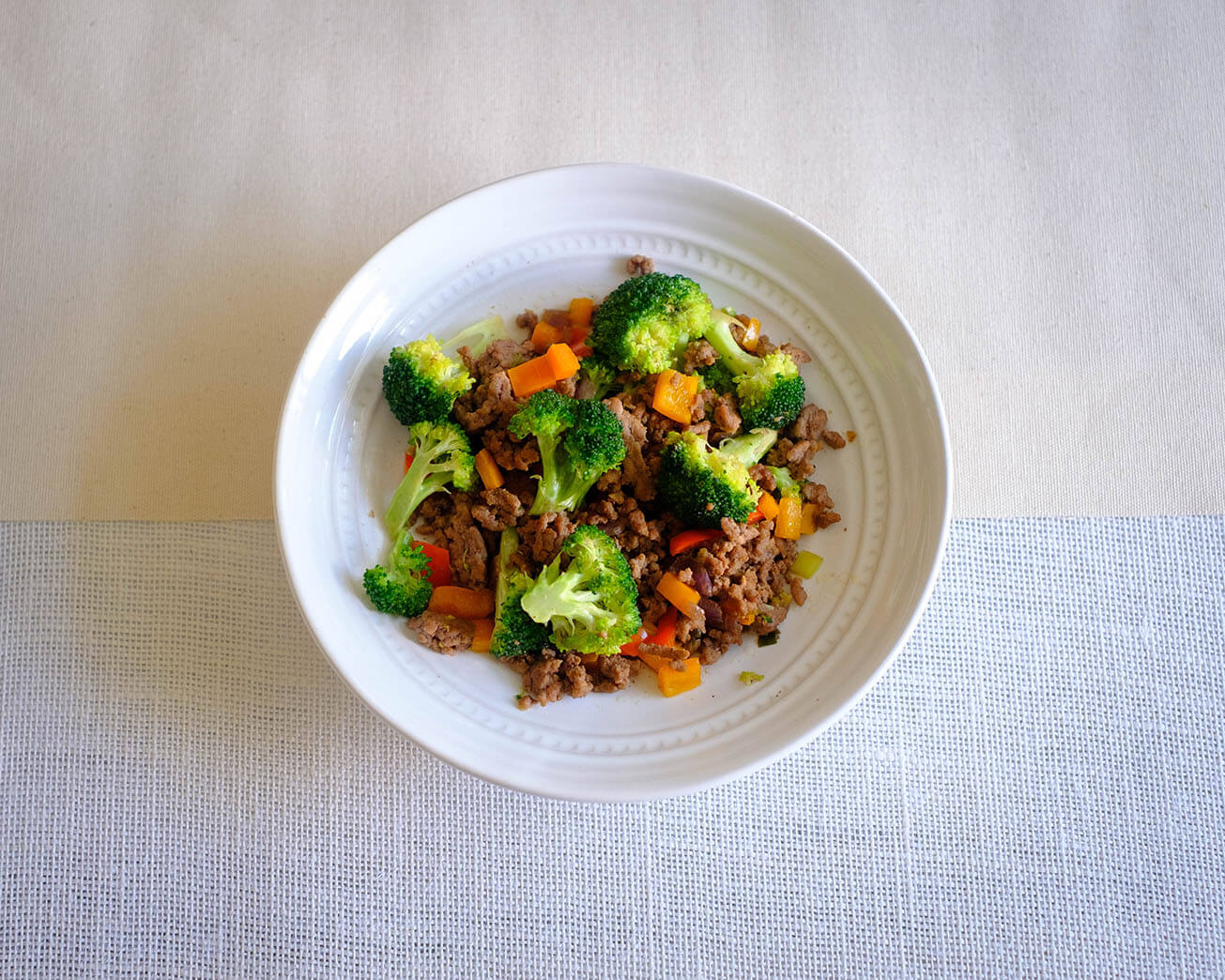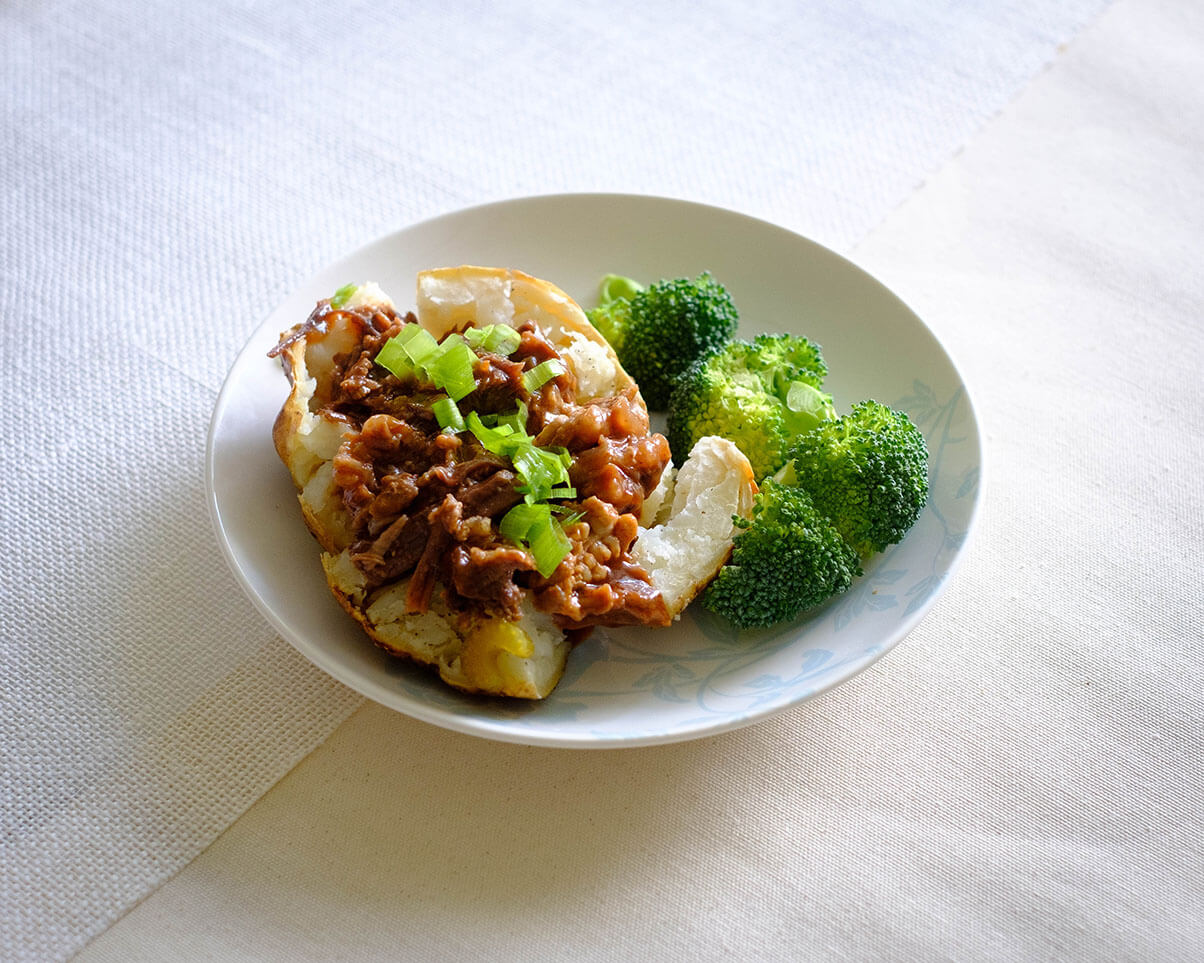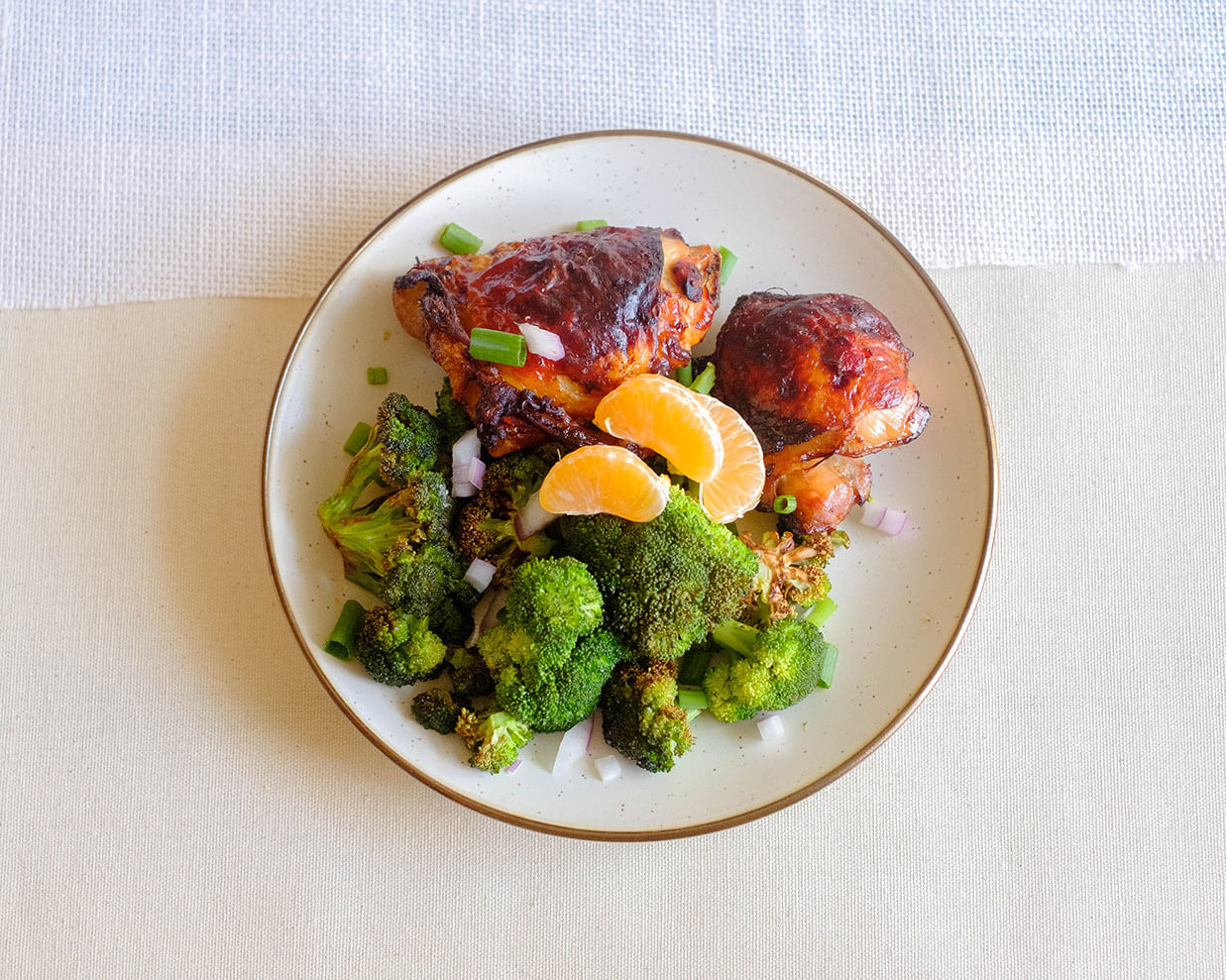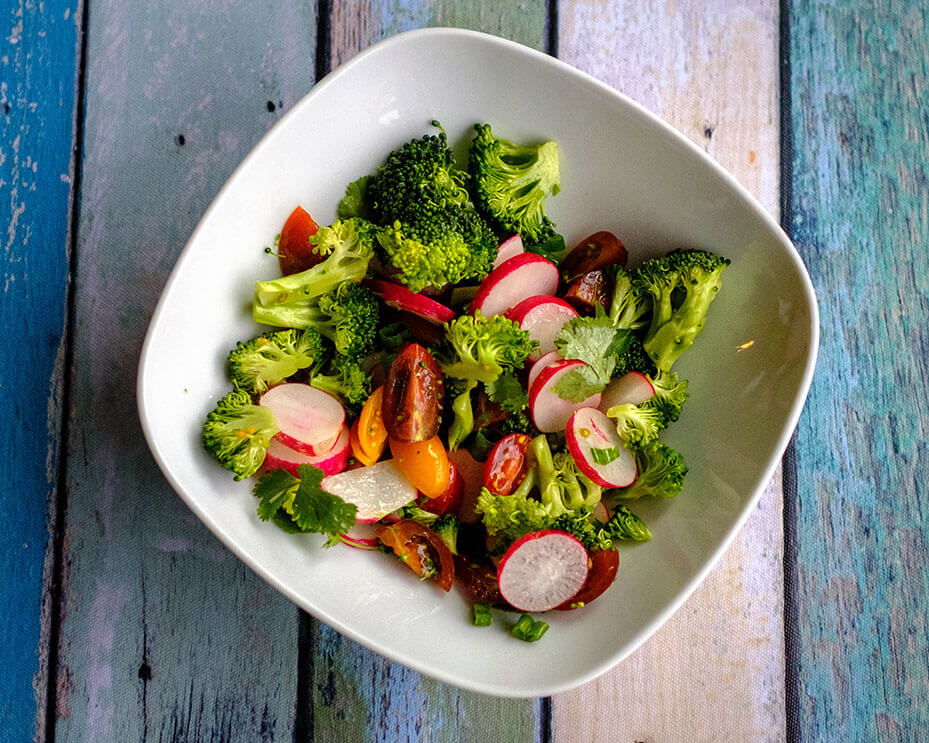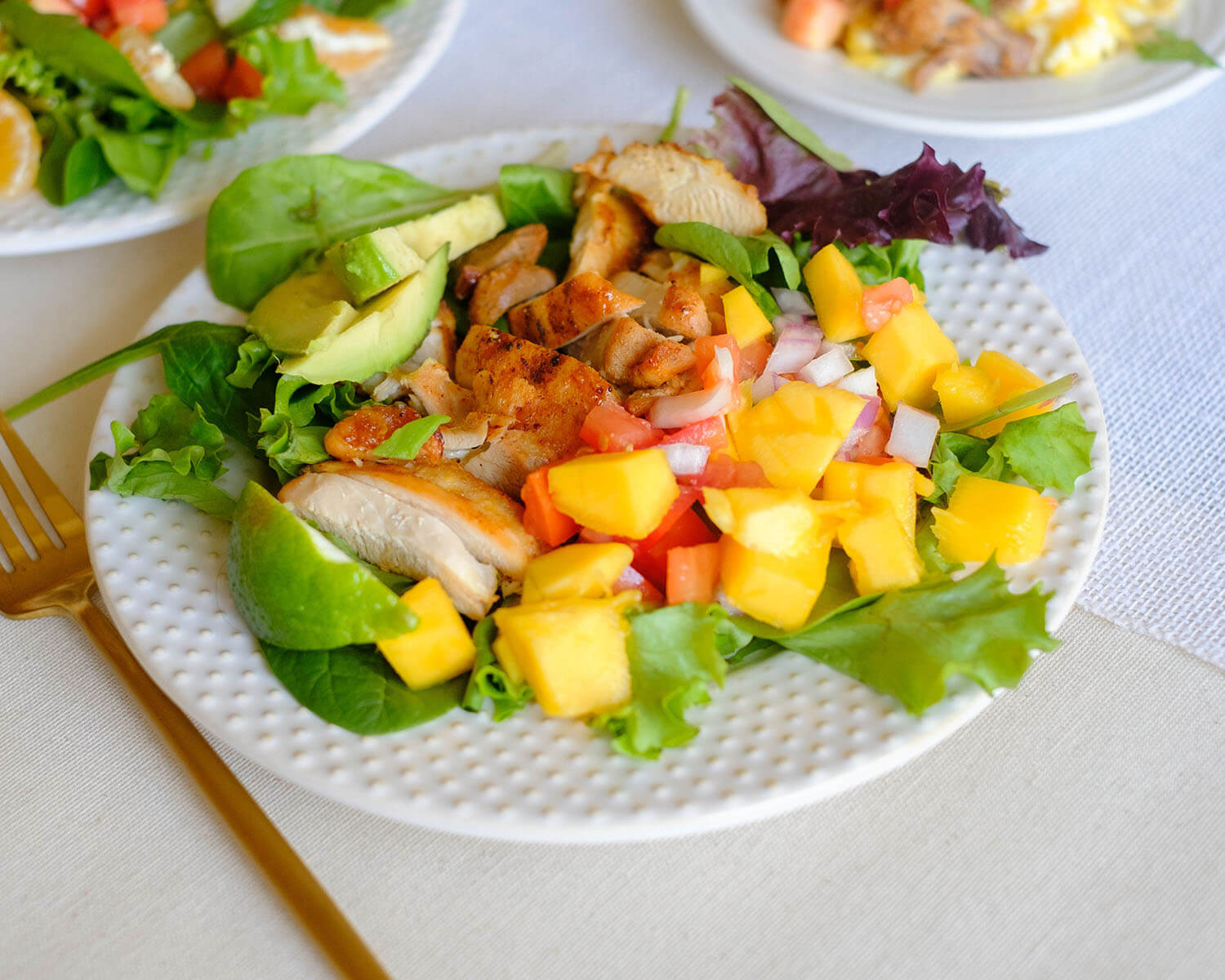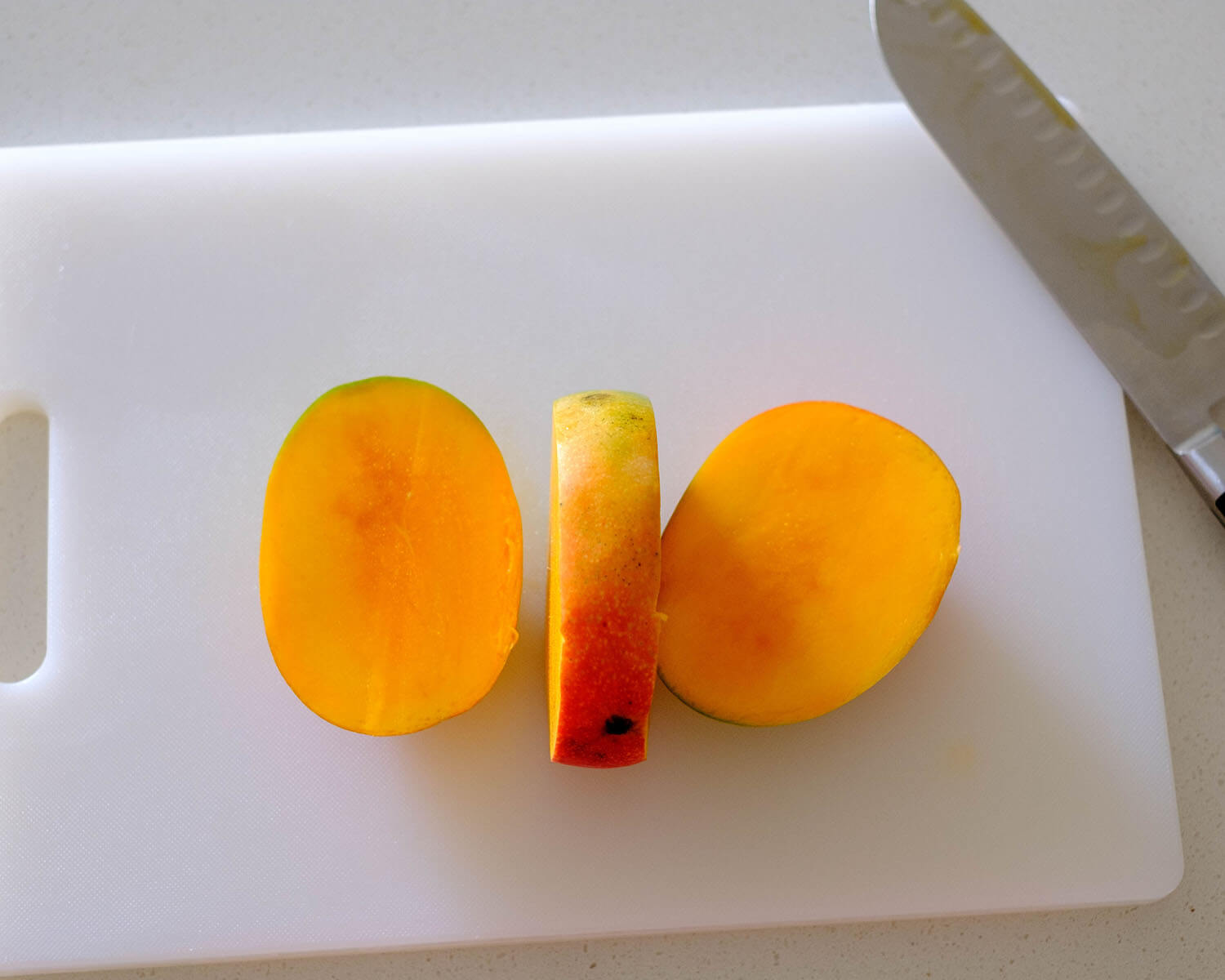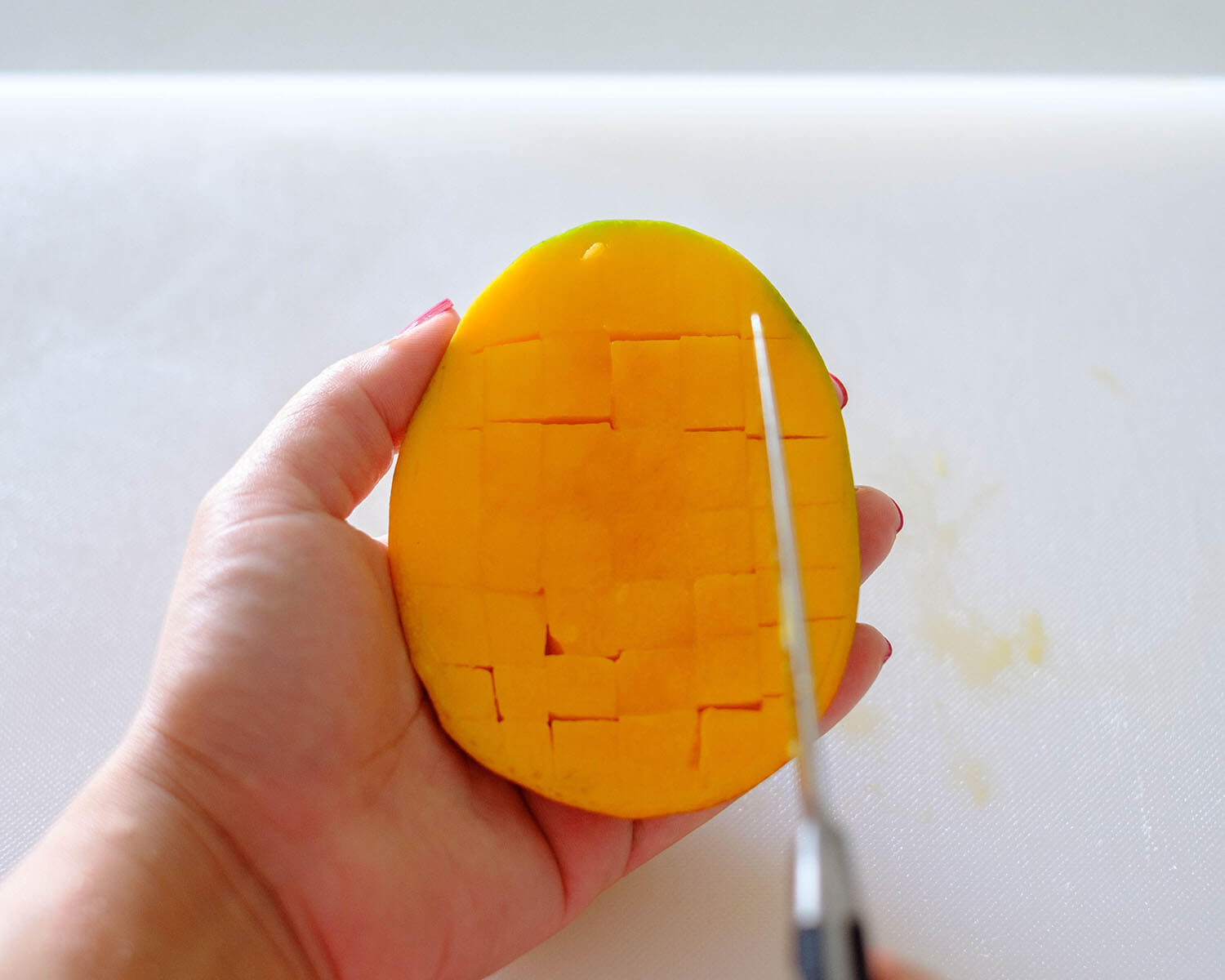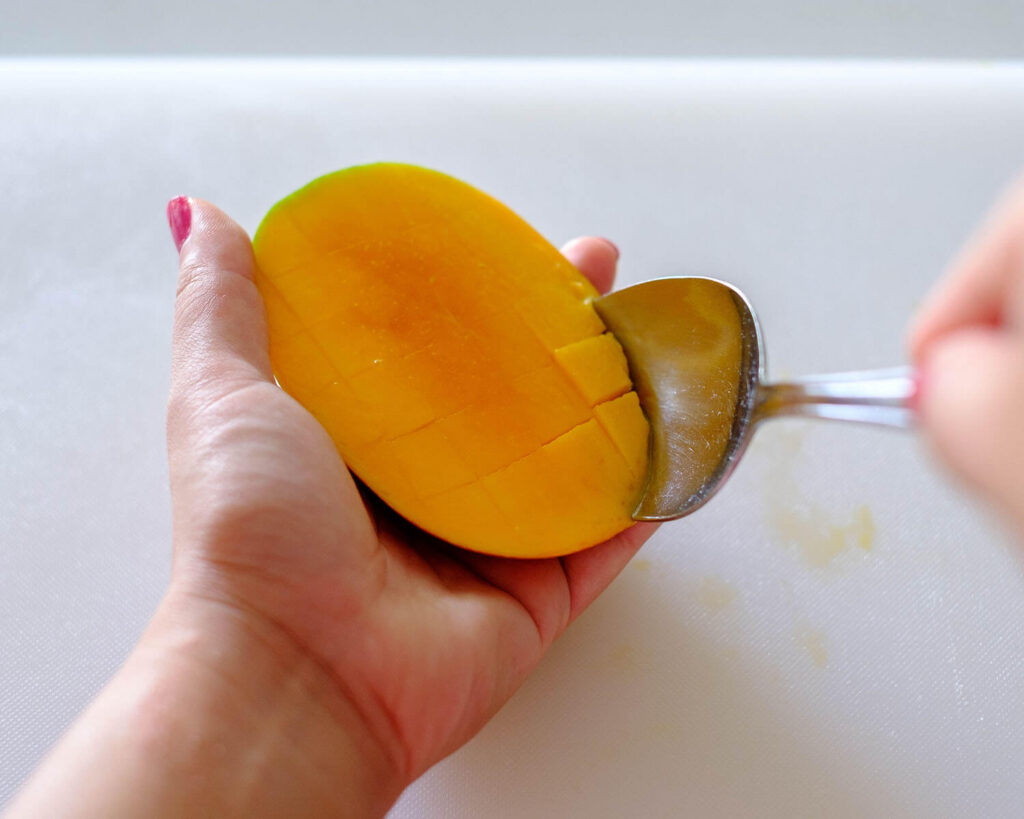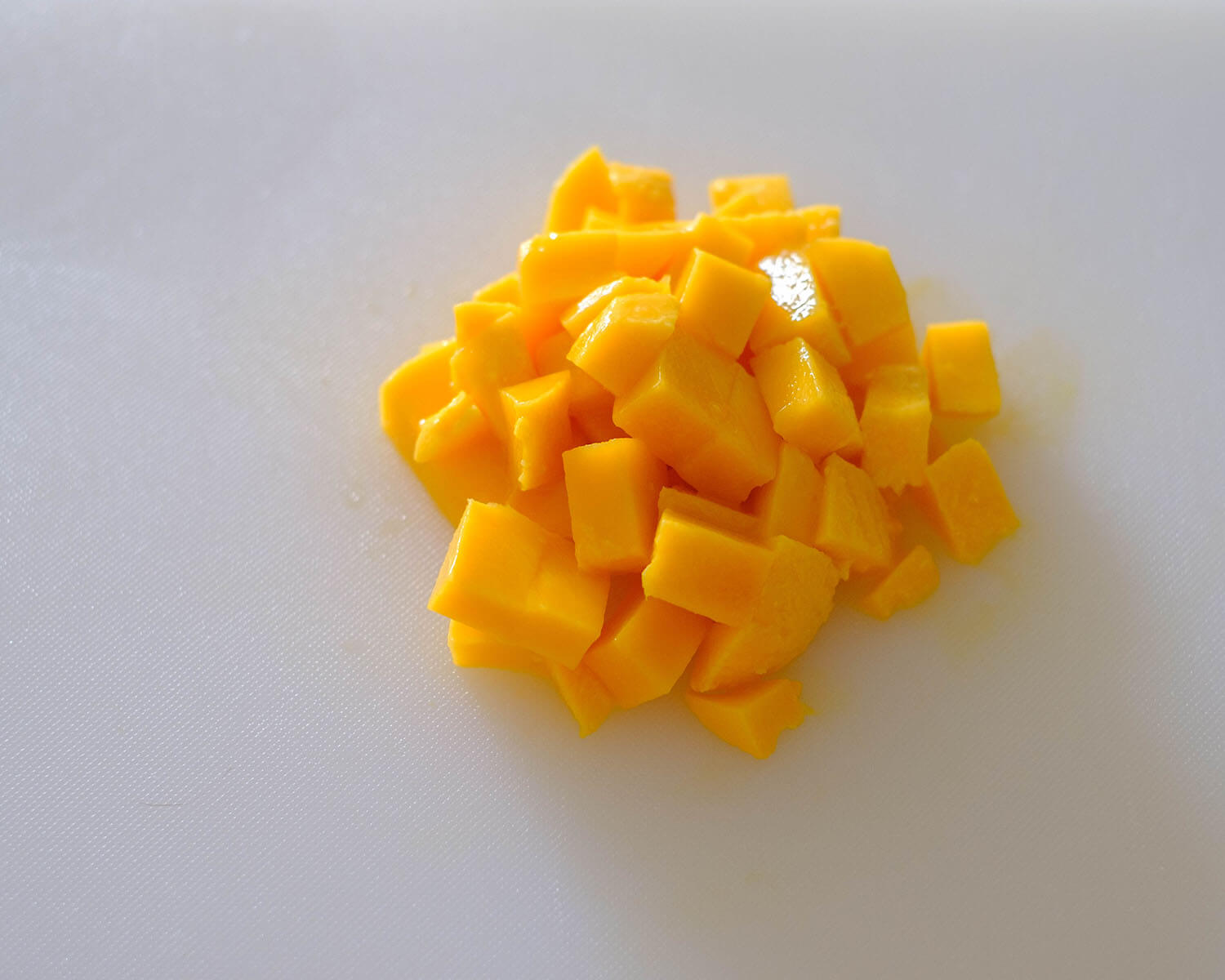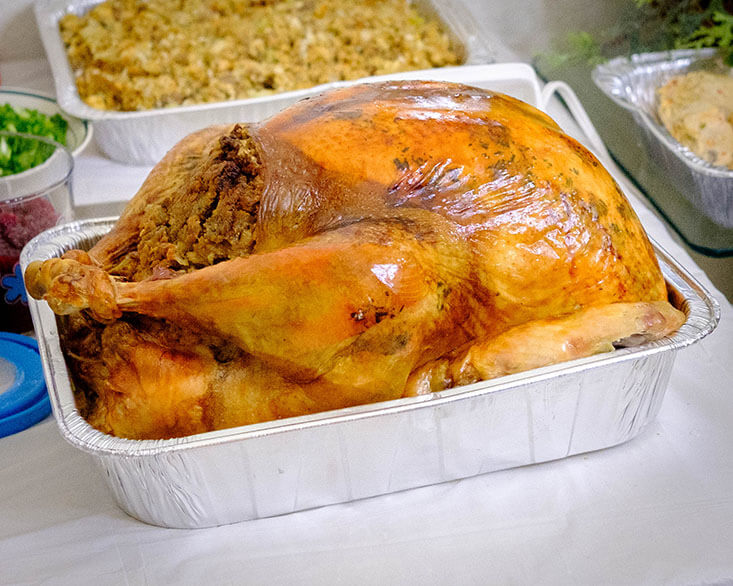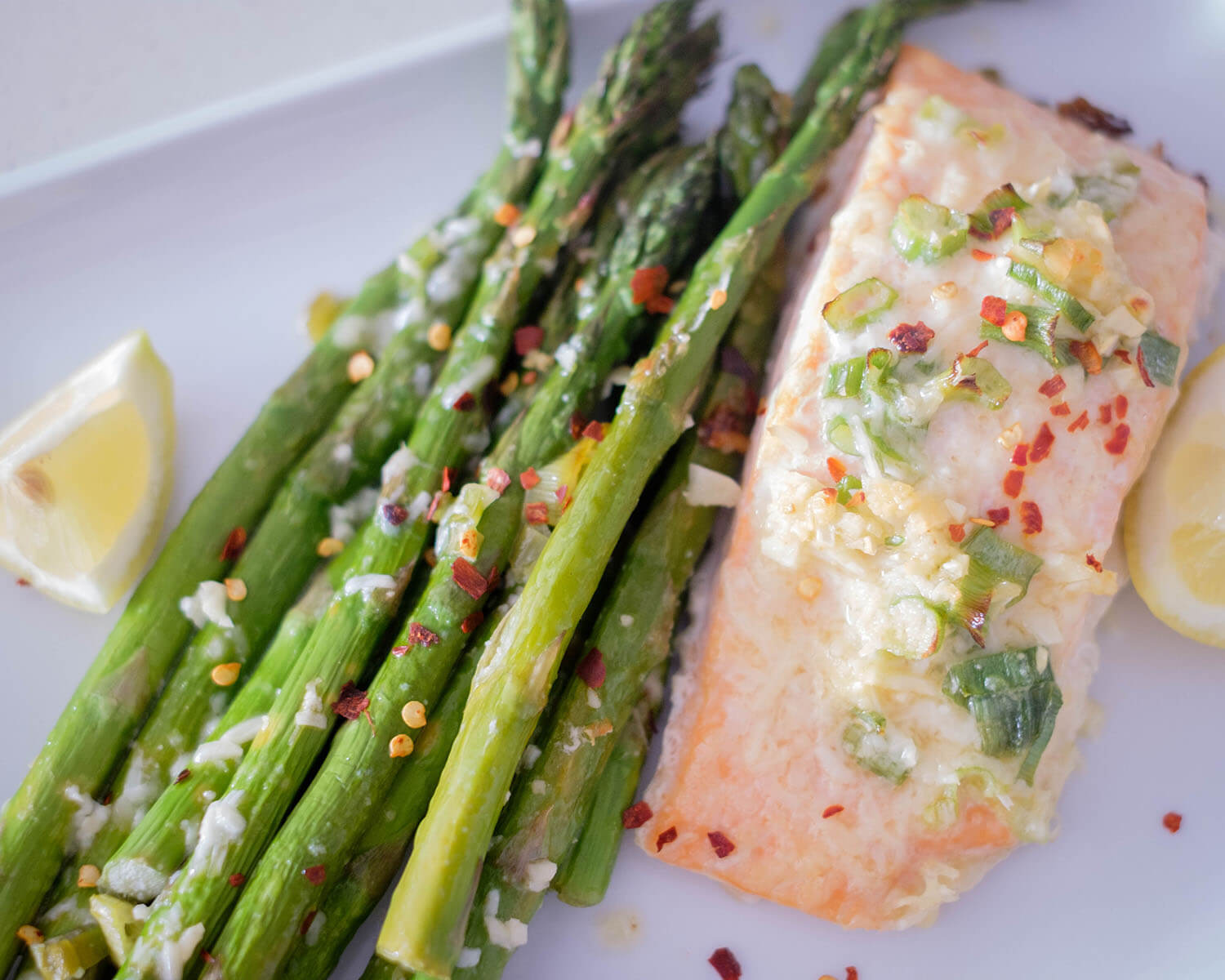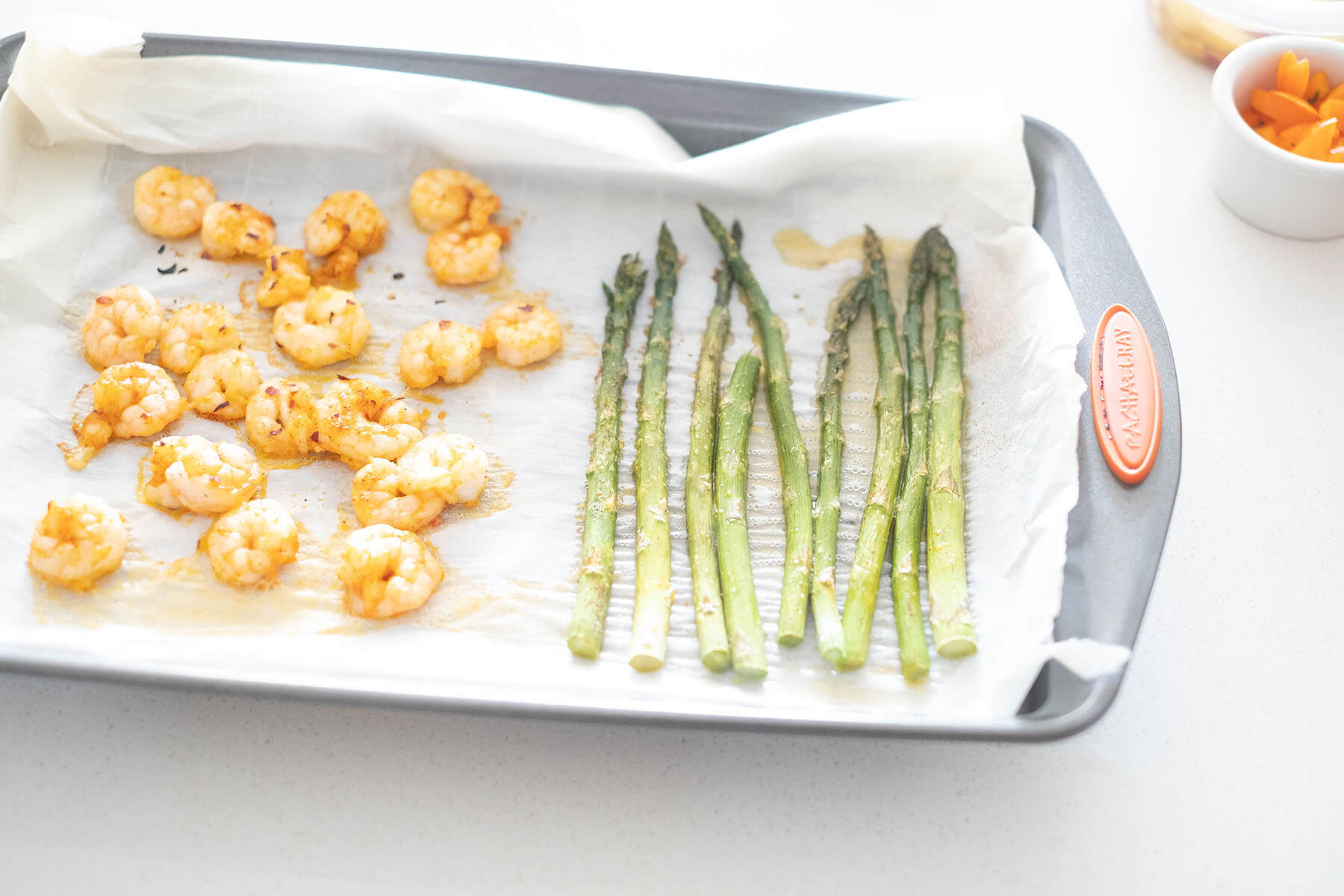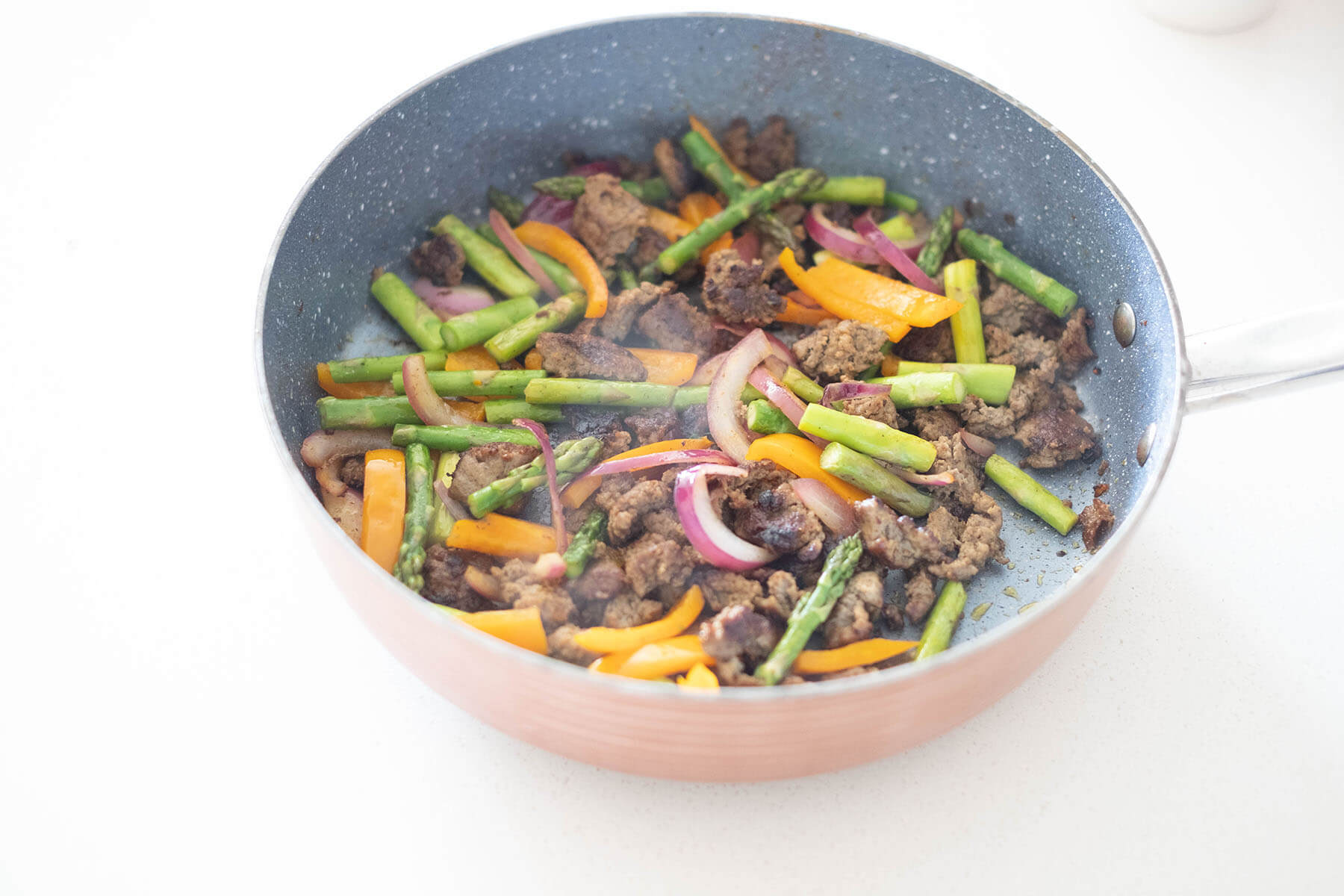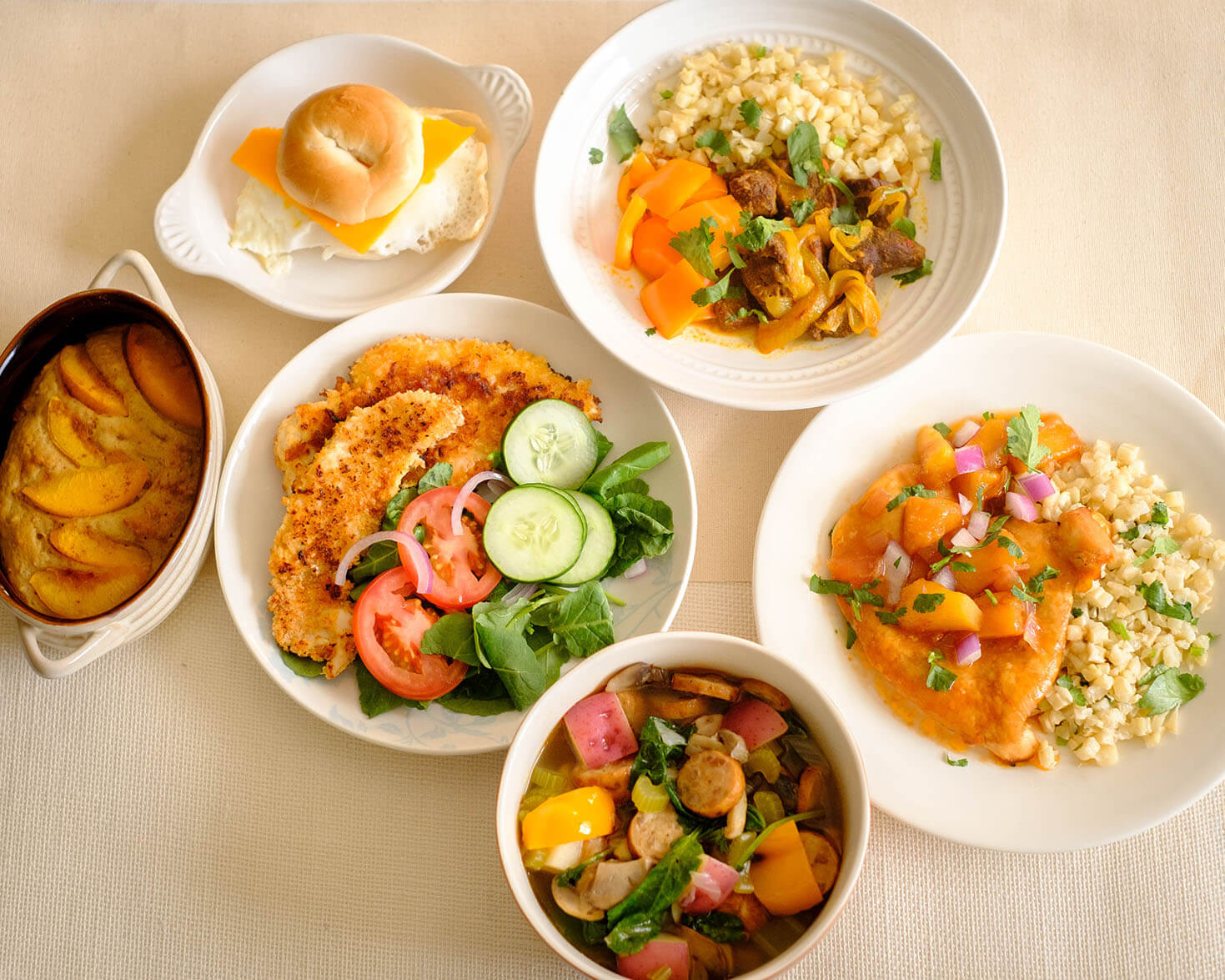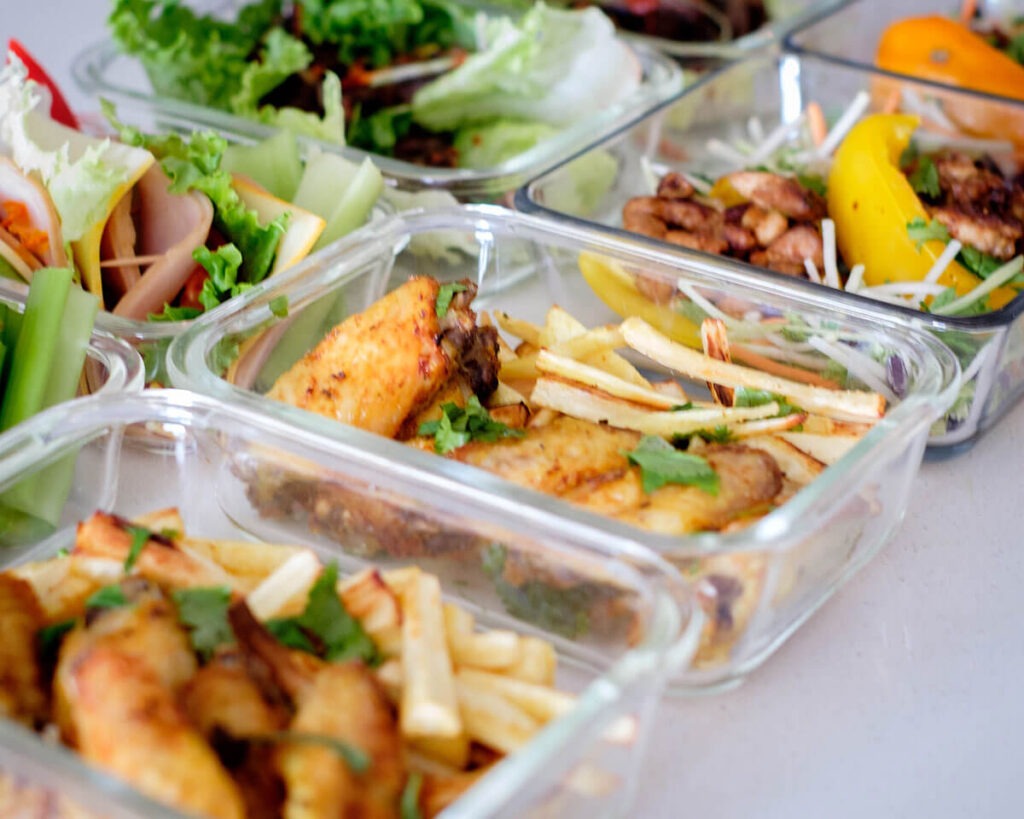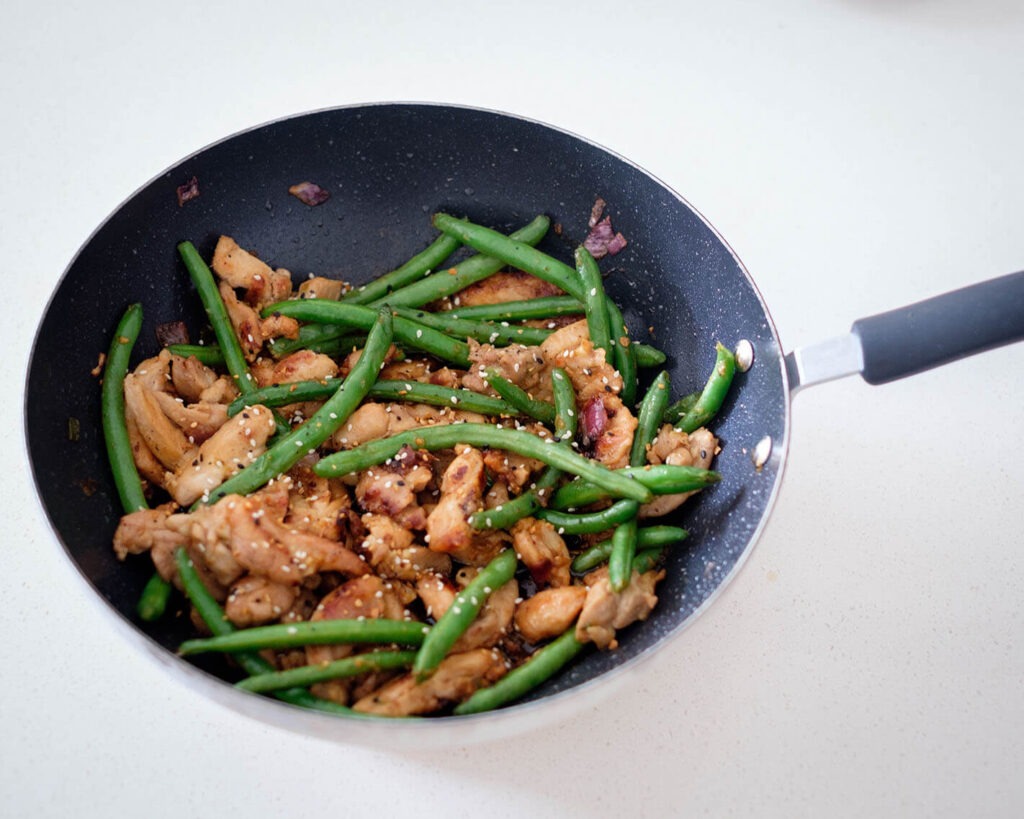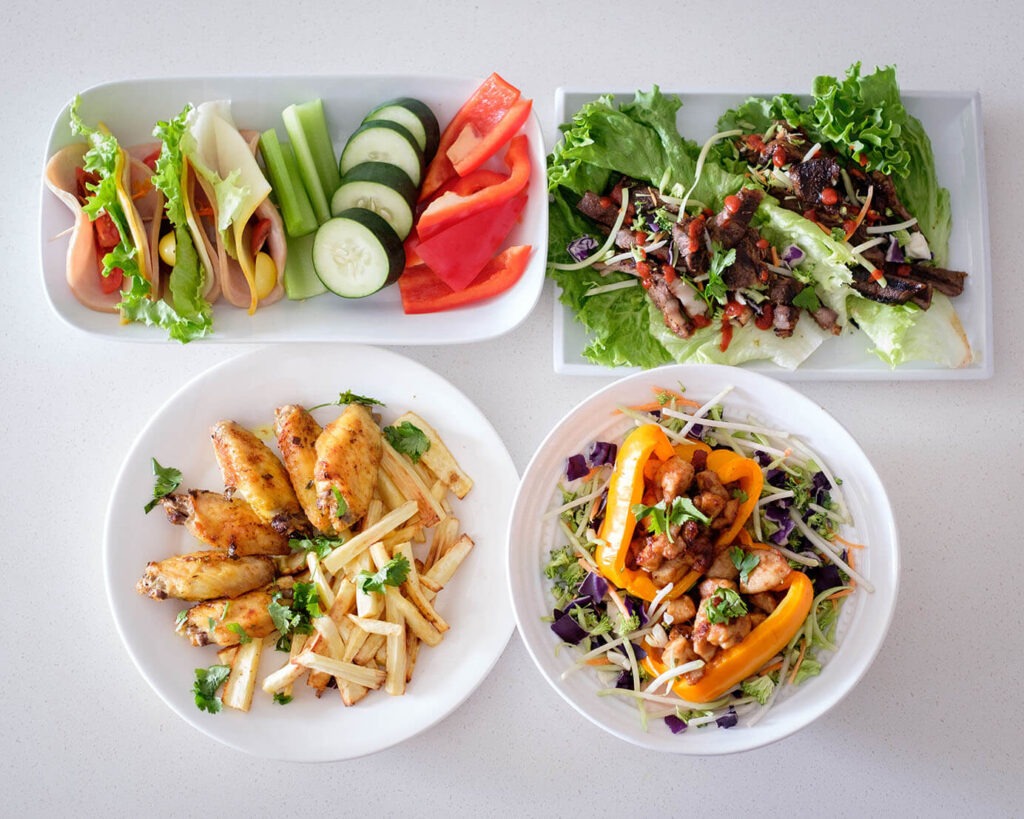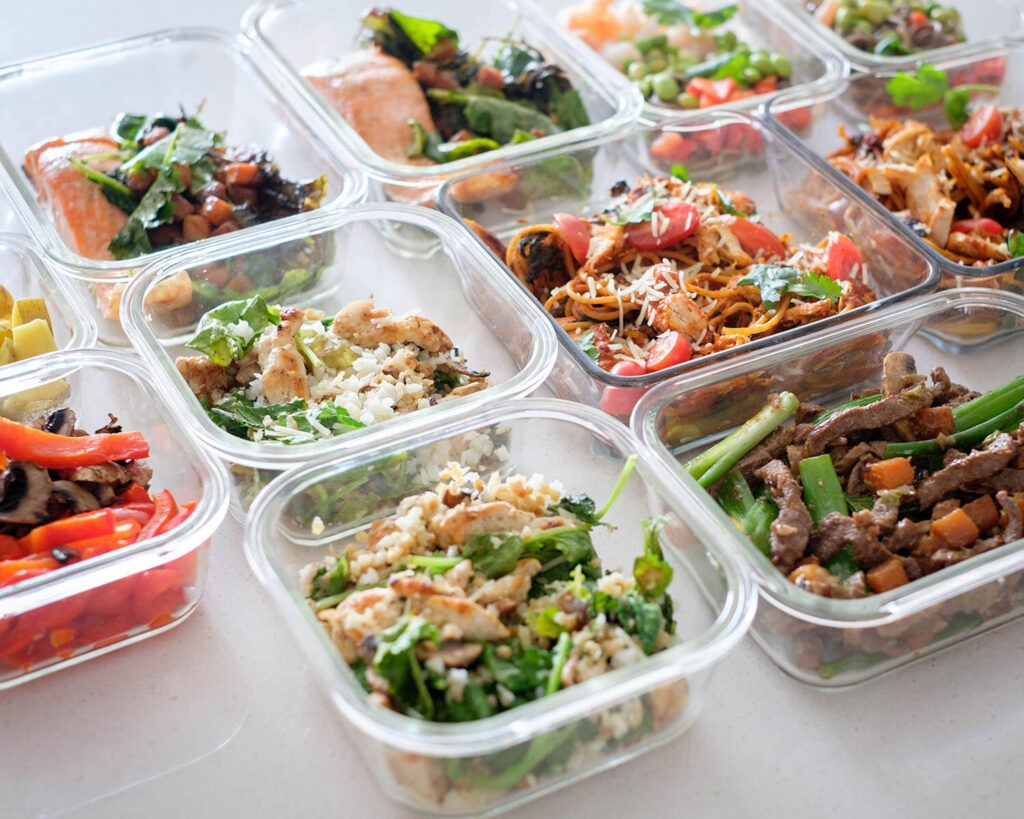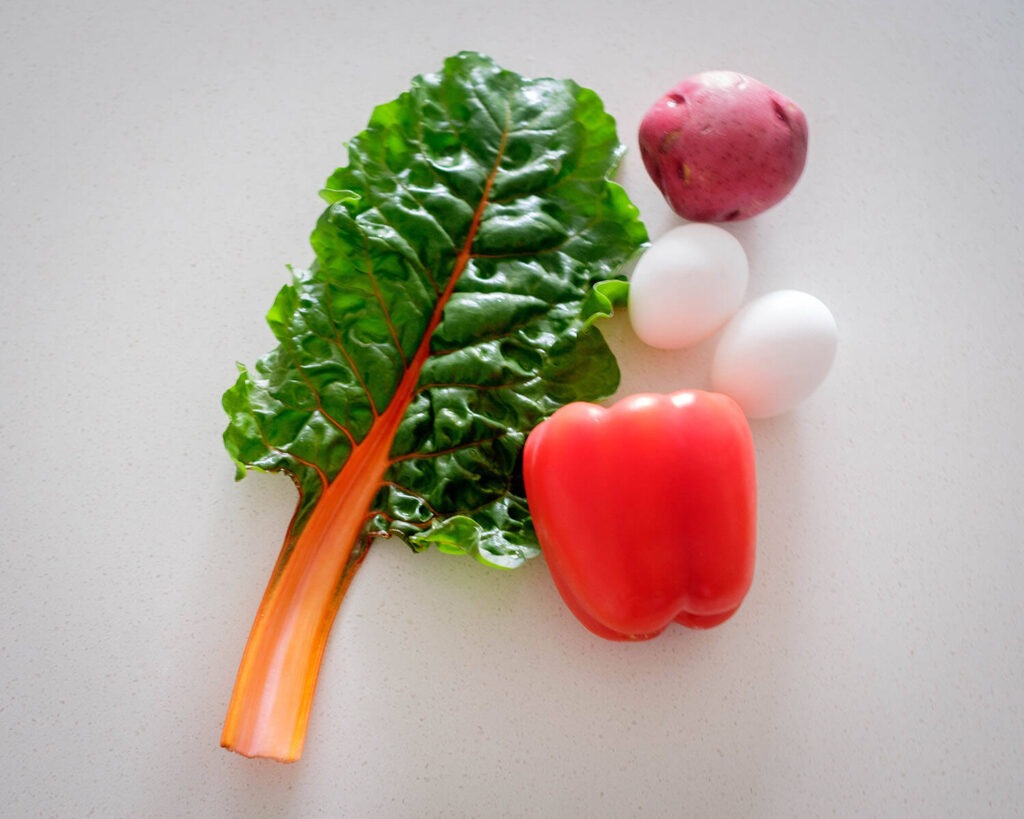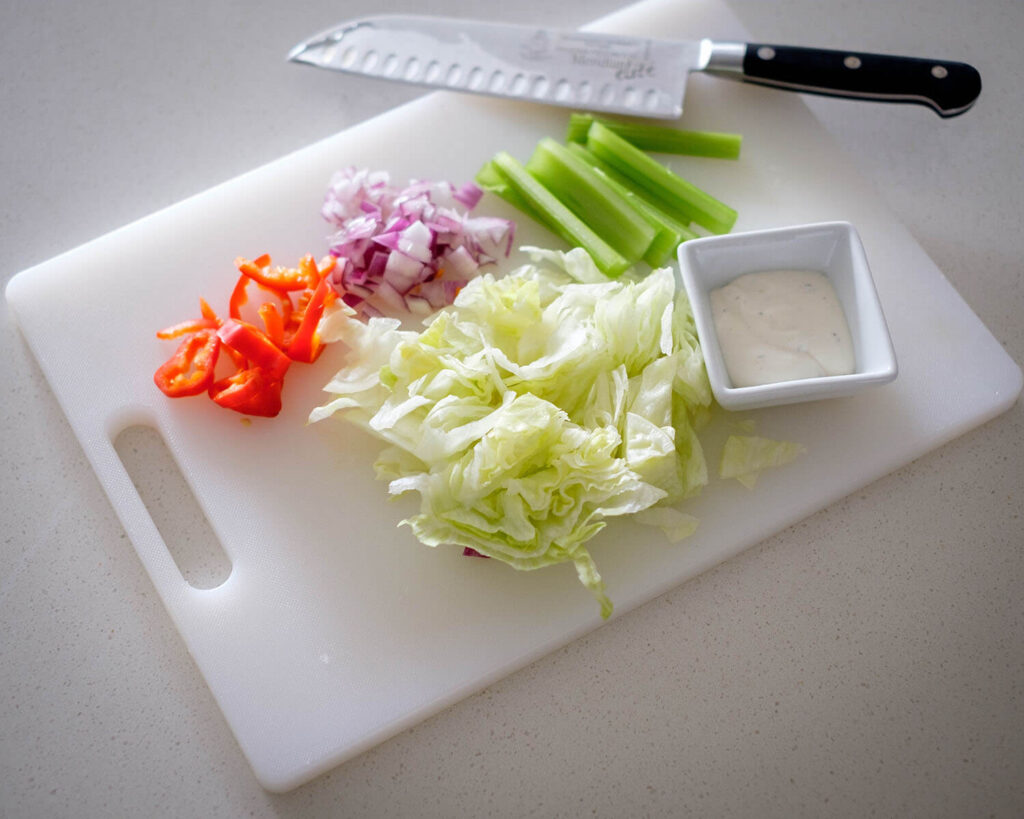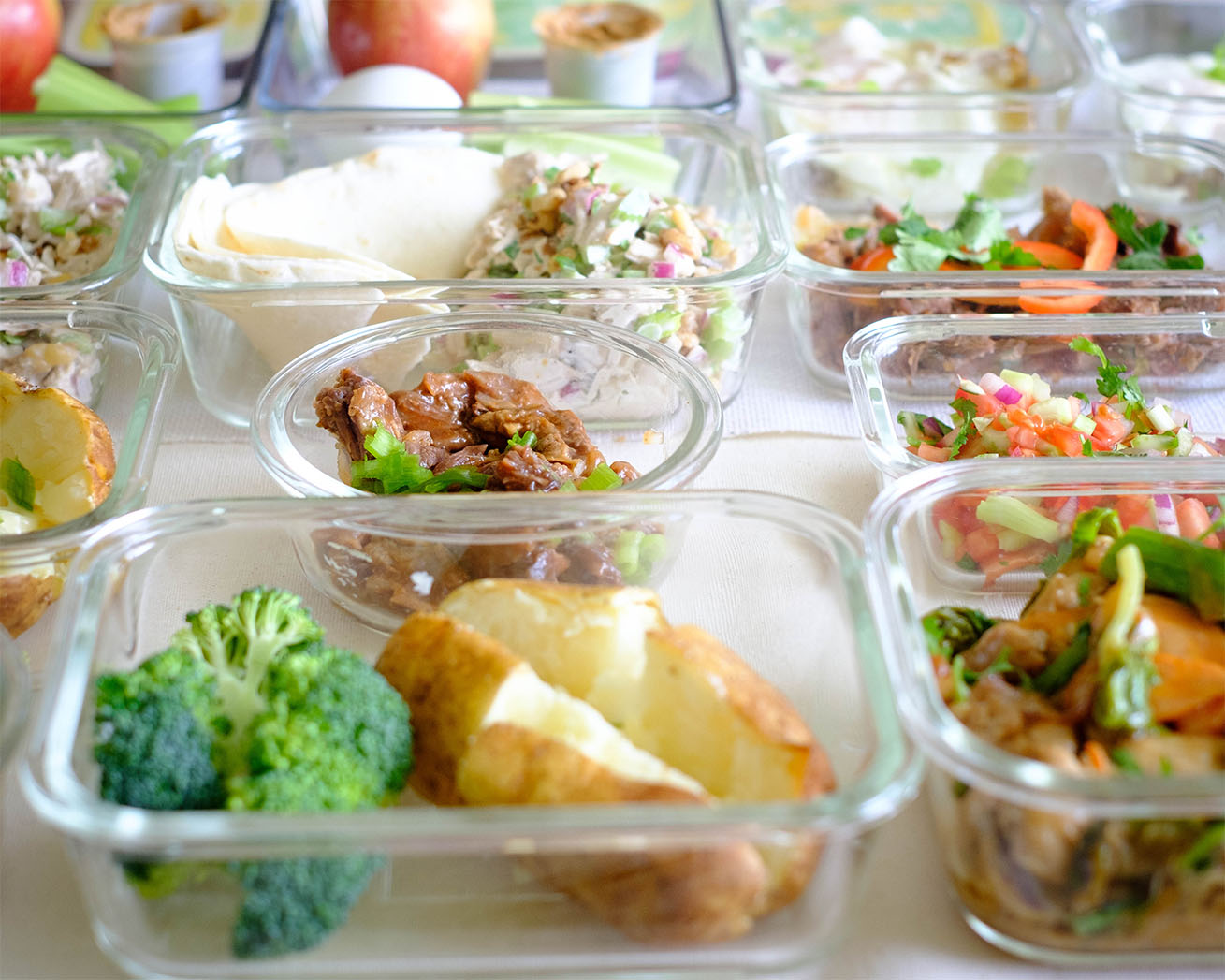
If you’ve ever found yourself overwhelmed in the kitchen or staring at a recipe with uncertainty, fear not – we’re here to unlock the secret to organize your kitchen and seamless meal preparation. Say hello to the art of mise en place, a game-changing concept that transforms your kitchen into a well-organized flow of meal prep. In this journey, we’ll explore not only the intricacies of mise en place but also how it can revolutionize your approach to meal prep, making it faster, stress-free, and downright enjoyable. Get ready to turn your kitchen into a culinary haven where every dish is a masterpiece, and the joy of cooking is your daily companion!
Mise en Place-The Game Changer
First things first, let’s talk about the game-changing concept of mise en place. In French, it translates to “everything in its place,” and it sure does it make a difference! Mise en place is a culinary philosophy that emphasizes the importance of preparing and organizing all the necessary ingredients before starting the actual cooking process. It’s a technique that I learned in culinary school and is used by professional chefs to ensure efficiency, precision, and a smooth cooking experience.
Tips for Mise En Place:
- Prep Everything in Advance: Before you even think about turning on the stove, ensure all your ingredients are washed, chopped, and measured. This includes veggies, proteins, spices – everything! Having everything ready at your fingertips will organize your kitchen and minimizes stress during the cooking process. This will require you to read the recipe thoroughly and become familiar with the ingredients that you will meal prep.
- Invest in Quality Tools: Upgrade your kitchen tools to make the prep work a breeze. Sharp knives, reliable cutting boards, measuring cups and spoons, and efficient kitchen gadgets can save you time and effort. Trust me; investing in quality tools is a game-changer! Read our article on Best Kitchen Tools for Meal Prepping.
- Organize Your Workspace: Designate specific areas for different tasks. Set up a chopping station, a mixing area, and a space for your cooking utensils. Keep your ingredients grouped together based on when they’ll be used. You’ll want to make sure all of the ingredients you need for a recipe are within reach. Be sure that all of your kitchen pans and spatulas, etc are readily accessible. A clutter-free workspace enhances focus and efficiency.
- Use Bowls and Containers: Bowls and containers are your mise en place allies. Use small bowls to hold pre-measured spices, herbs, and other ingredients. This not only keeps things organized but also adds a touch of elegance to your kitchen space. Check out our recommended meal prep containers.
- Prioritize the Cooking Order: Plan the order in which you’ll use your ingredients. Start with the items that take the longest to cook and work your way down the list. This ensures that everything finishes at the same time, creating a harmonious and well-coordinated meal.
- Label and Date: If you’re prepping meals for the entire week, label your containers with the name of the dish and the date of preparation. This not only helps you keep track of what’s in your fridge but also ensures you’re consuming your meals at their peak freshness.
- Clean As You Go: One of the golden rules of mise en place is to clean as you go. Don’t let a mess accumulate; wash dishes and utensils as you finish using them. A clean and organized kitchen makes the entire cooking process more enjoyable.
- Enjoy the Process: Mise en place isn’t just a technique; it’s a mindset. Enjoy the process of prepping and cooking. Put on your favorite apron, play some tunes, and savor the joy of creating delicious, nutritious meals for yourself.
Why is Mise en Place important?
- Confidence in the Kitchen: Mise en place instills confidence, especially for beginner cooks. Knowing that you have everything in order before starting to cook gives you the assurance to tackle new recipes and culinary challenges. It’s like having a safety net in the kitchen!
- Adaptability and Flexibility: Life happens, and sometimes you need to adapt your cooking plans on the fly. Mise en place makes it easy to pivot. Need to adjust the cooking time for one component? No problem – everything else is prepped and patiently waiting for its turn.
- Enjoyable Cooking Experience: Perhaps the most crucial point – mise en place makes cooking an enjoyable experience. With the stress and uncertainty removed, you can focus on the creative and satisfying aspects of preparing a delicious meal. It turns cooking from a chore into a joyful ritual.
Remember that mise en place is more than just a technique; it’s a mindset that brings joy and efficiency to your kitchen. With your ingredients prepped, your tools at the ready, and the spirit of mise en place guiding you, you’ve unlocked the gateway to stress-free and delightful meal prep. Embrace the magic of organization, savor the process, and let your kitchen become the canvas for your culinary creations. Happy cooking!

